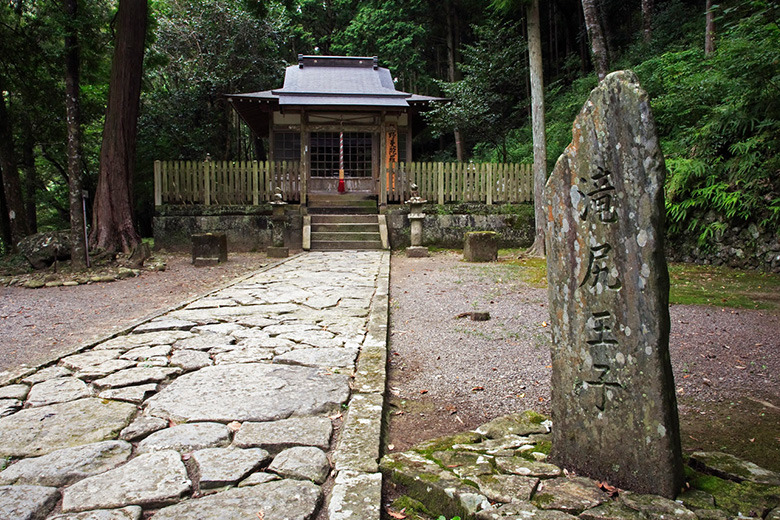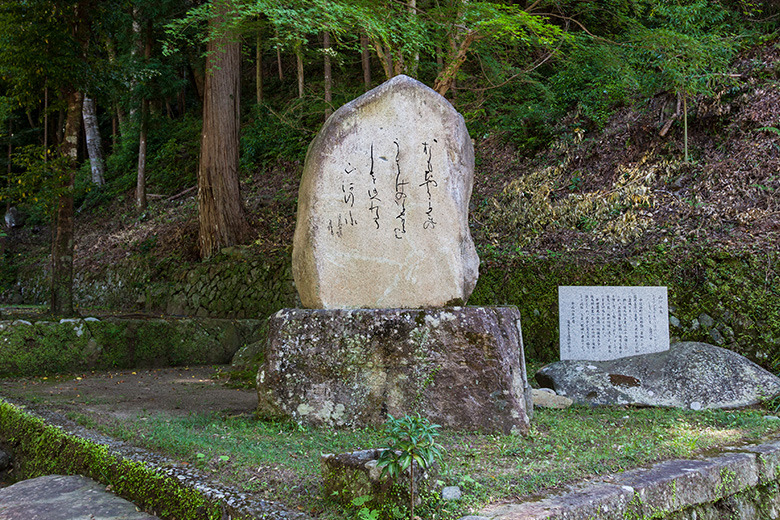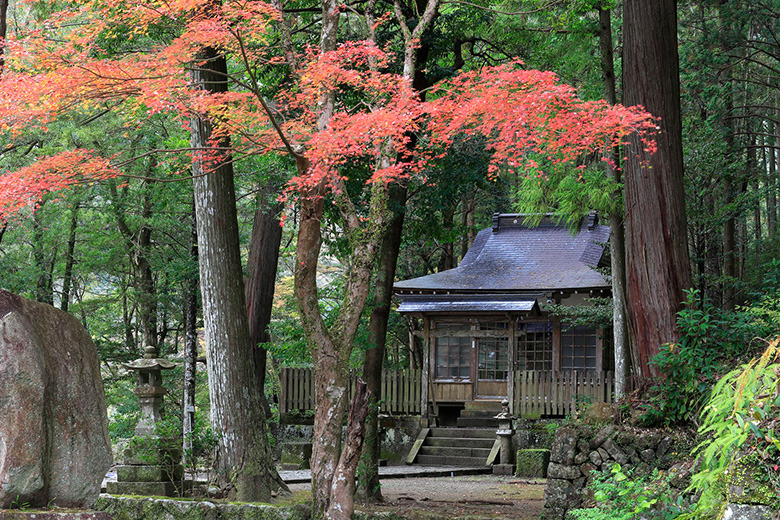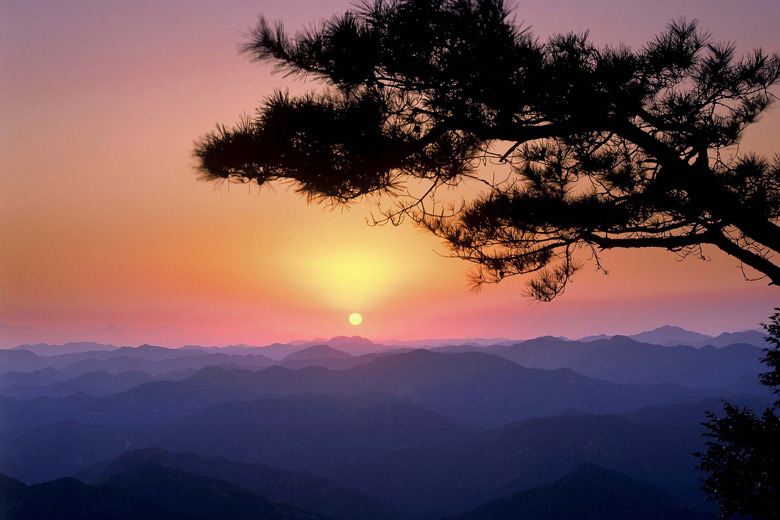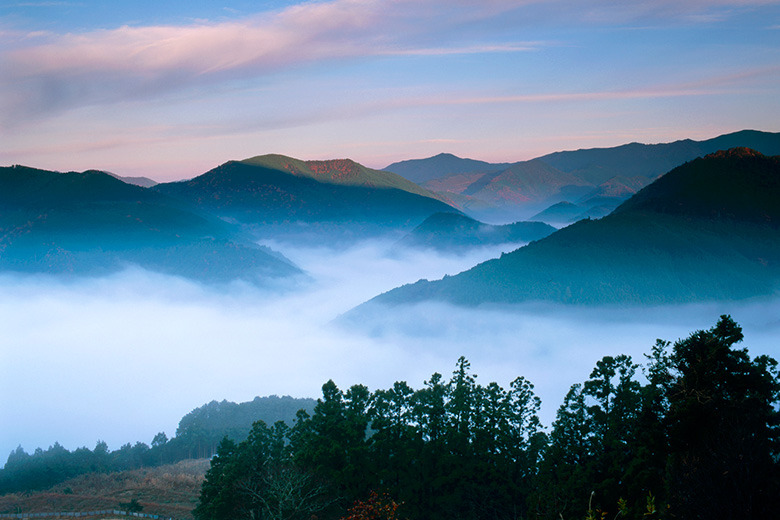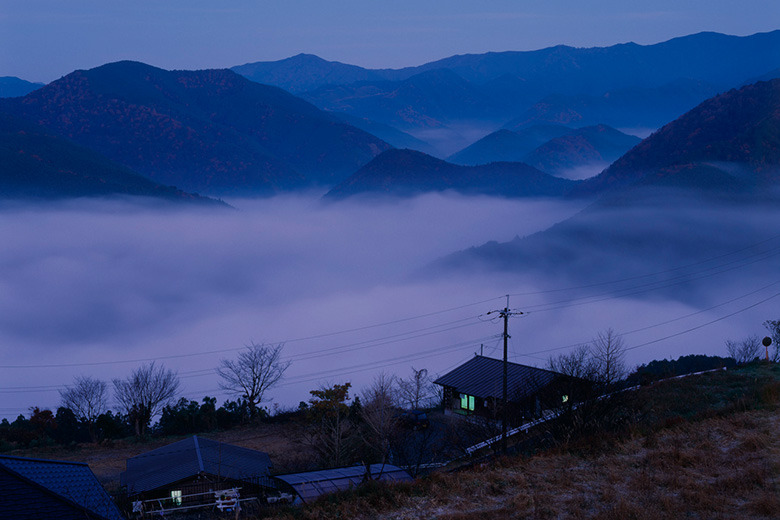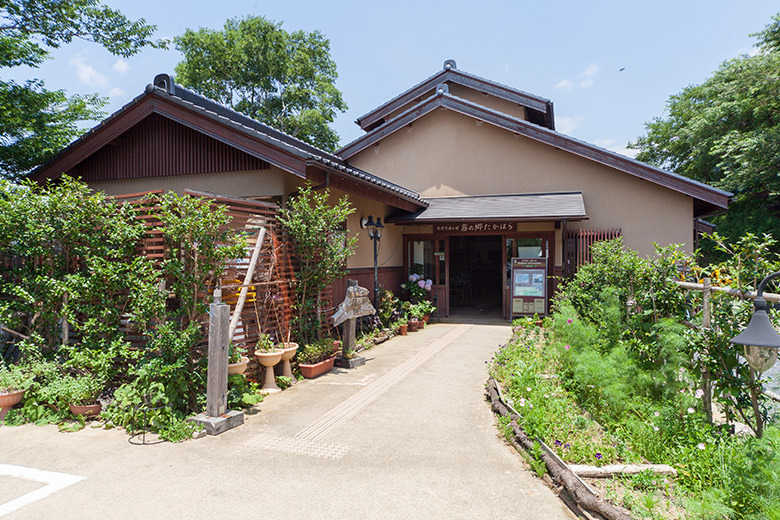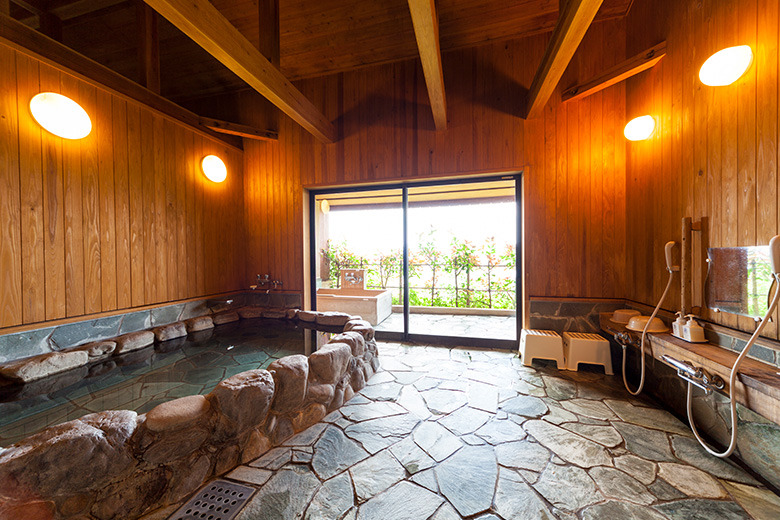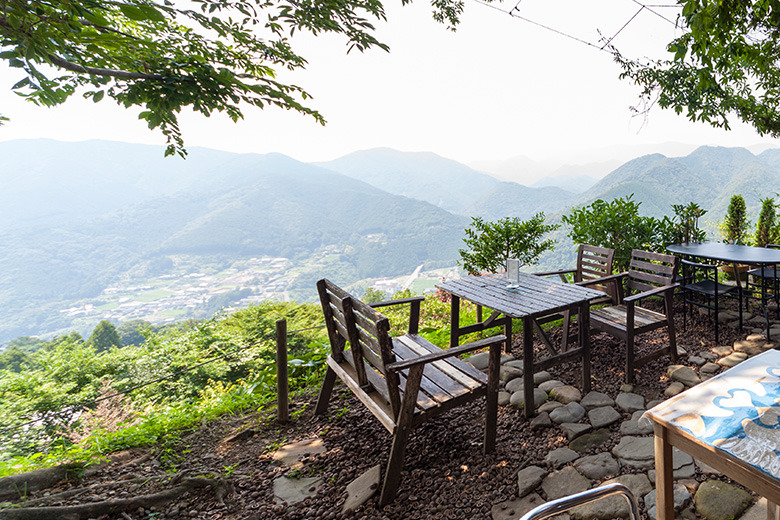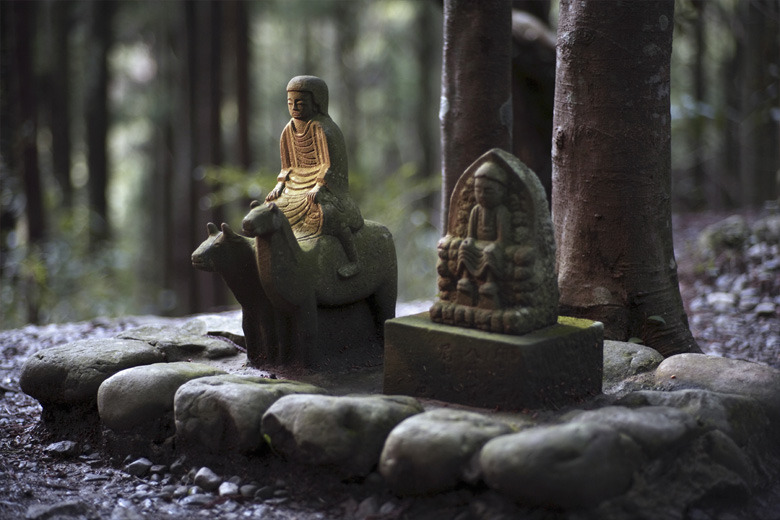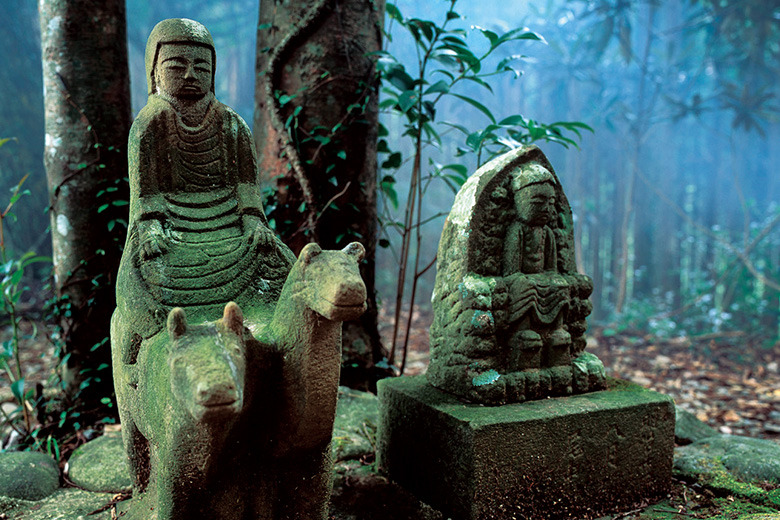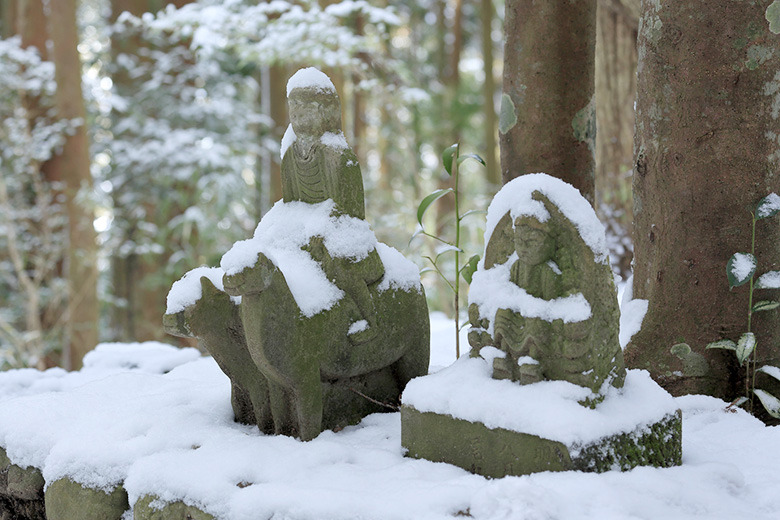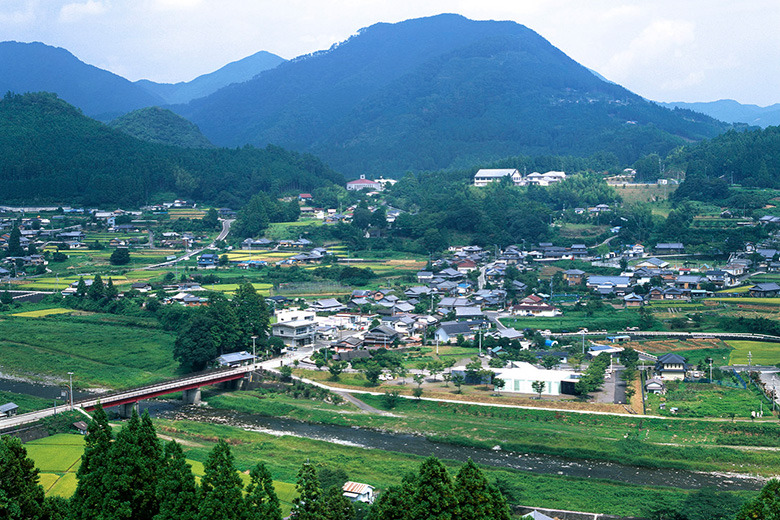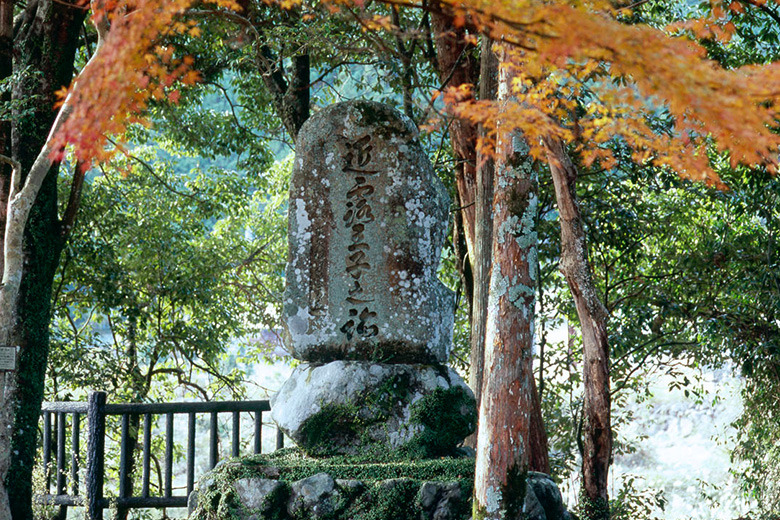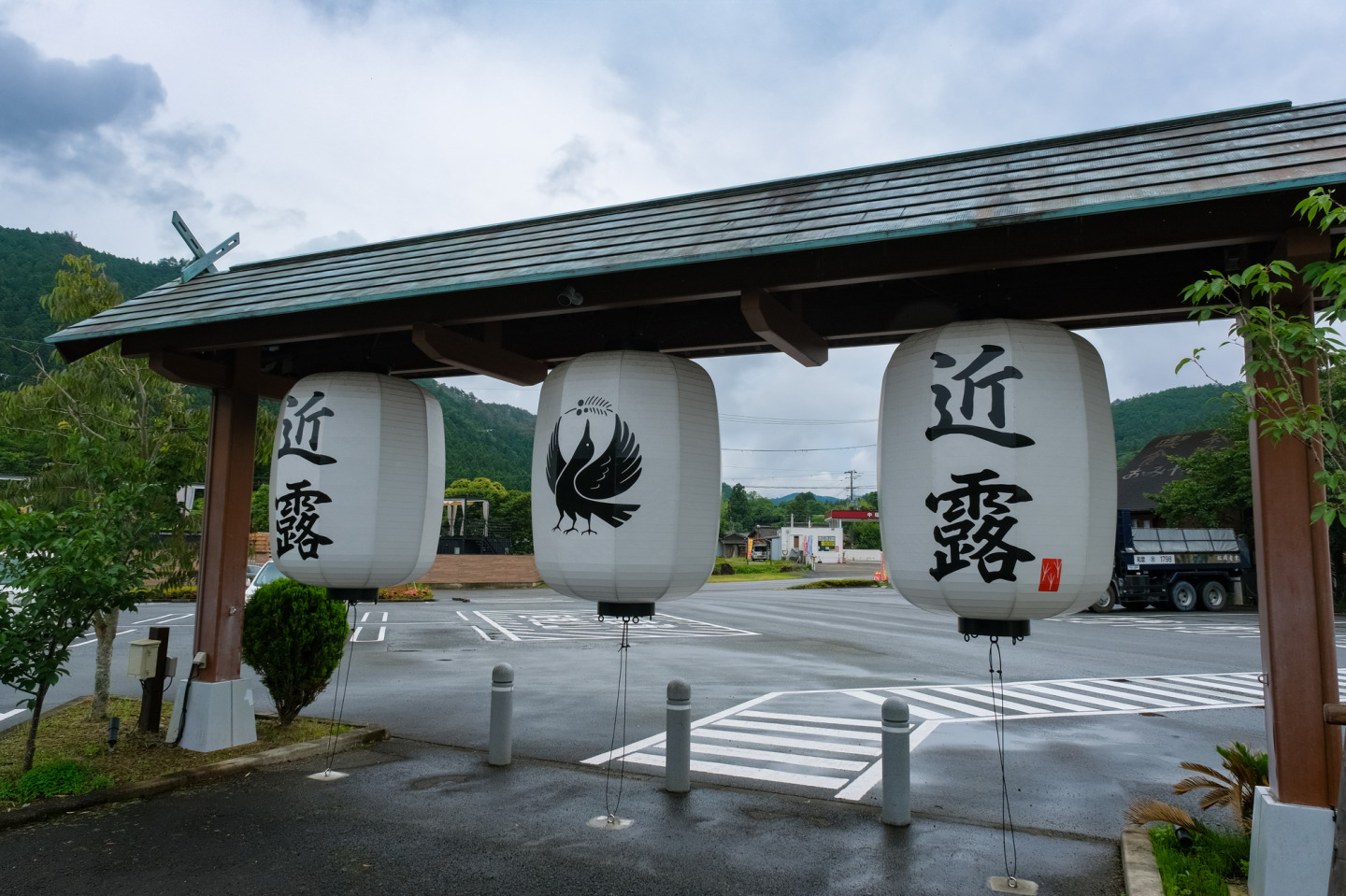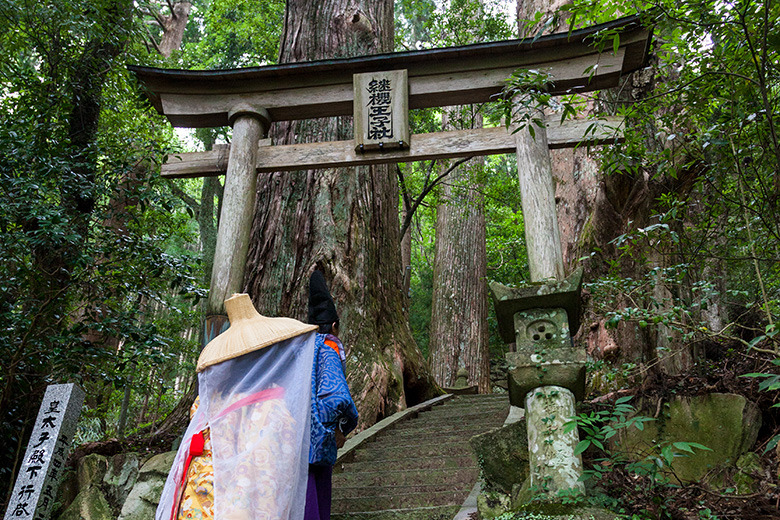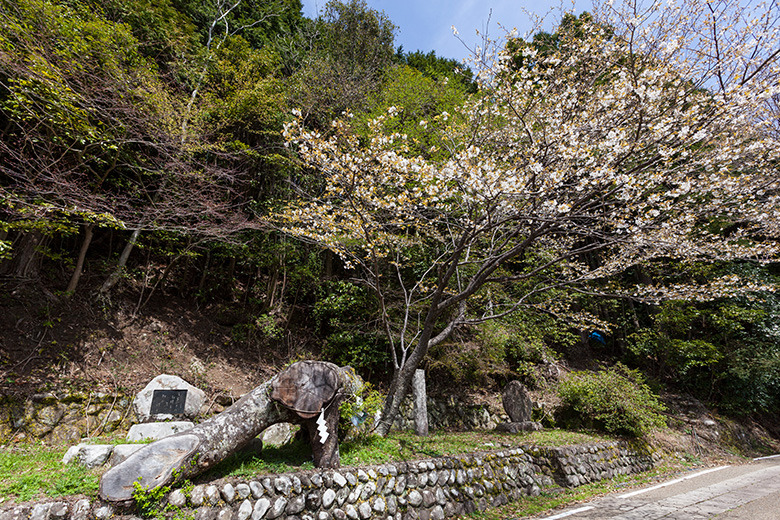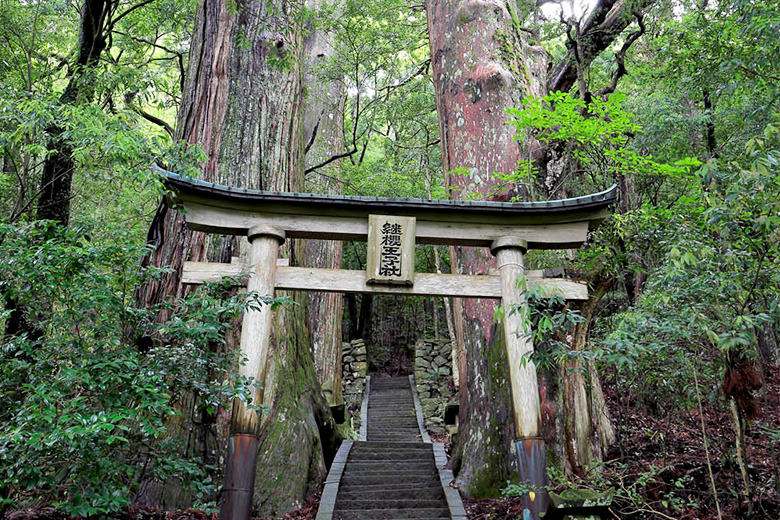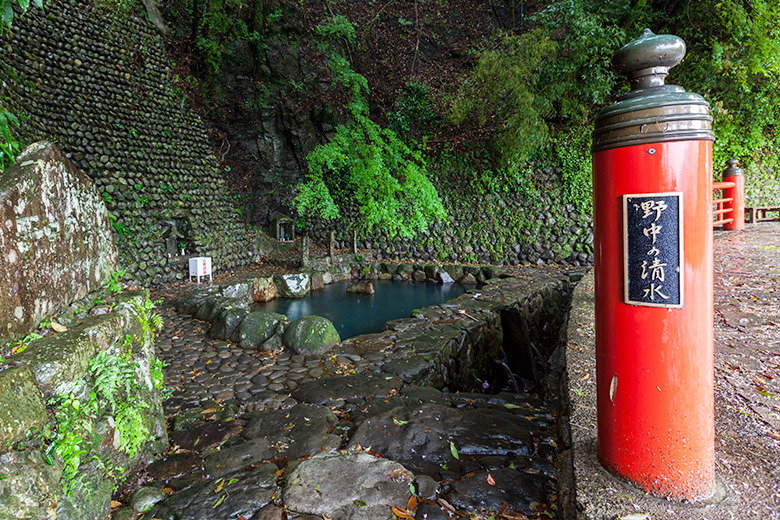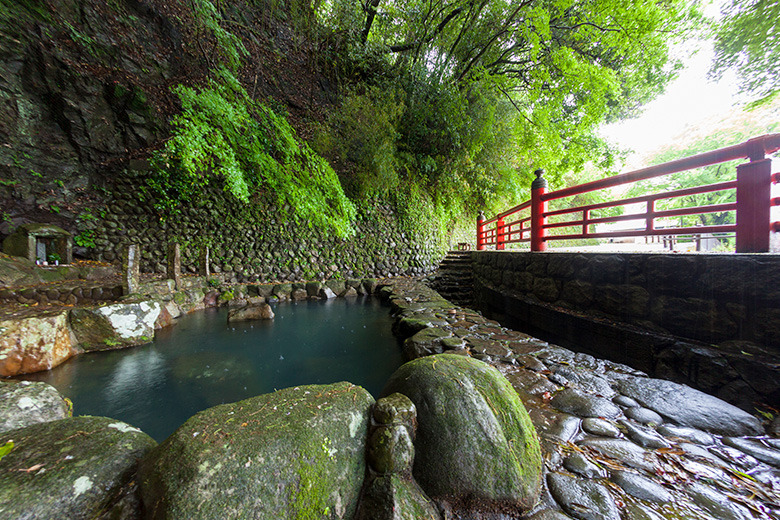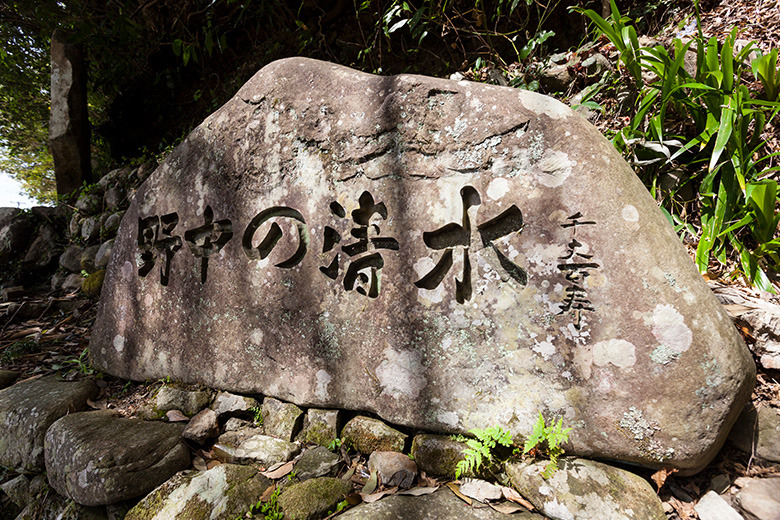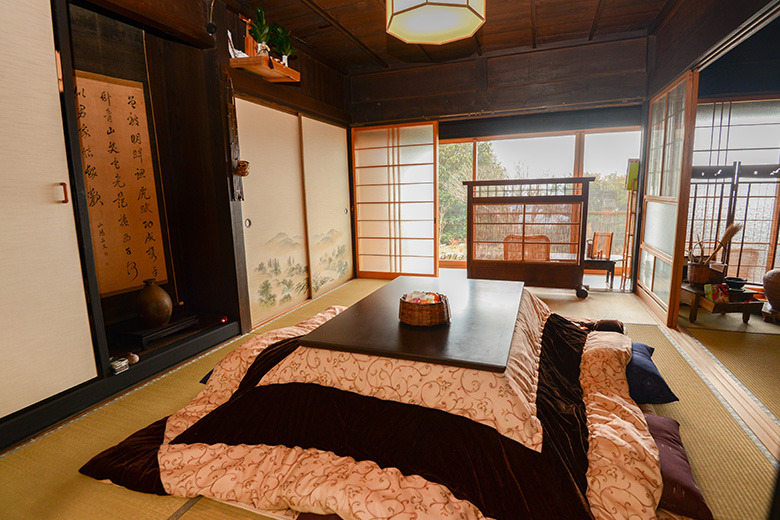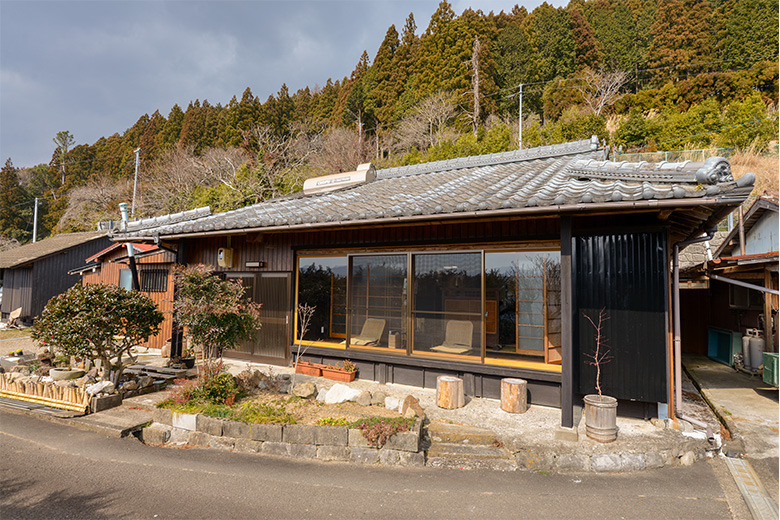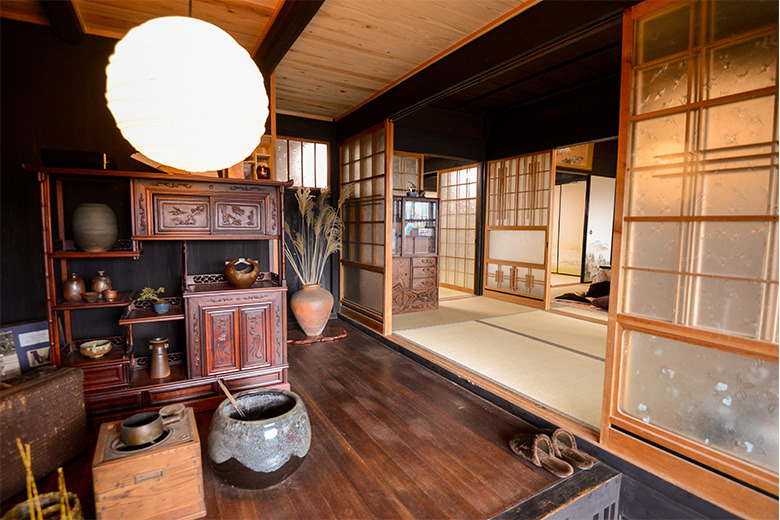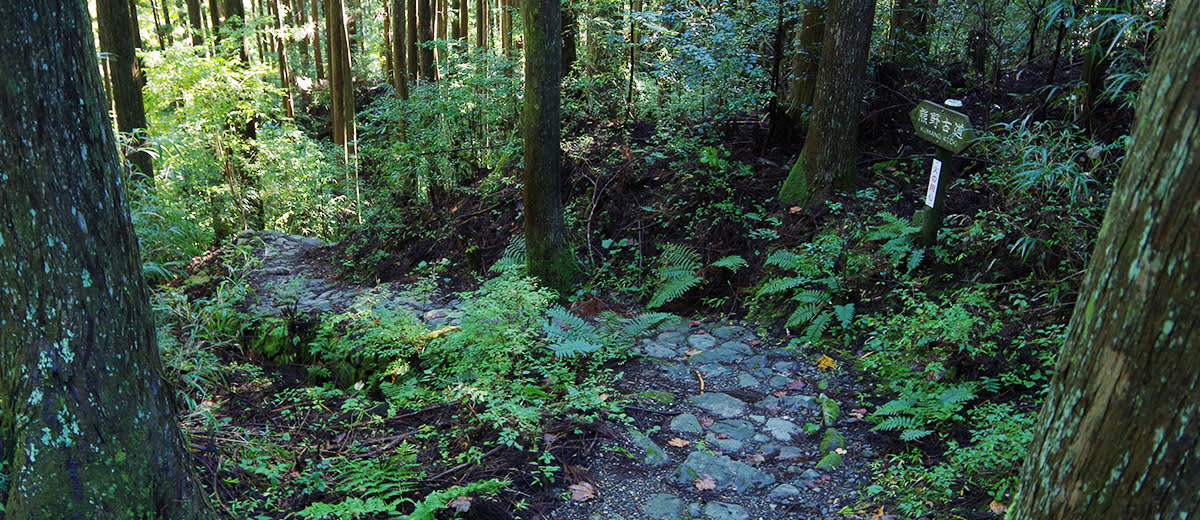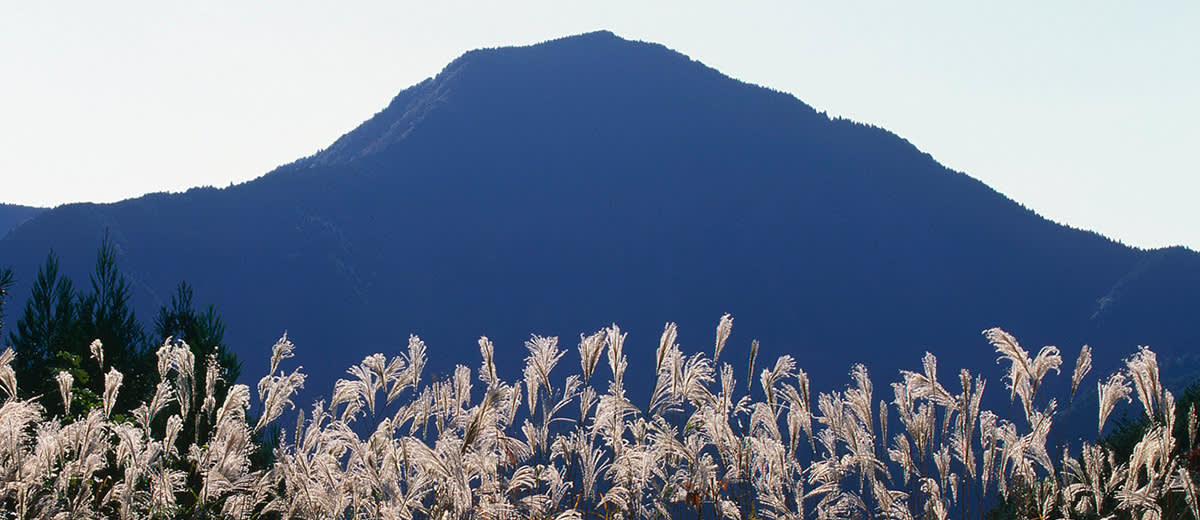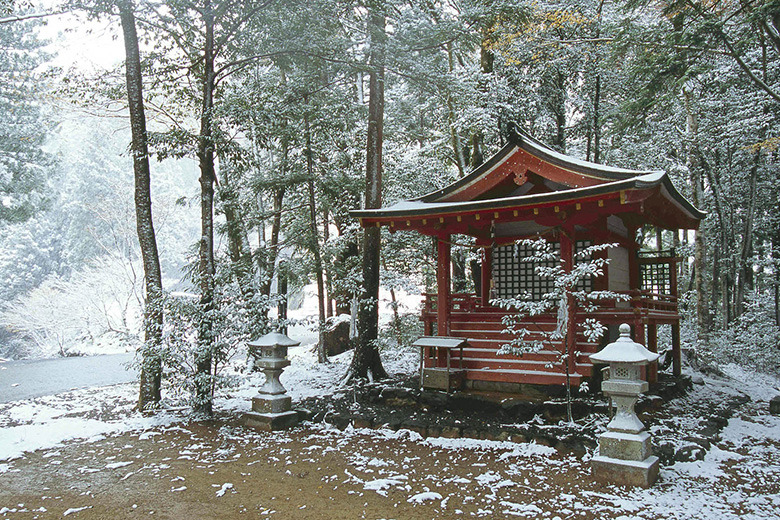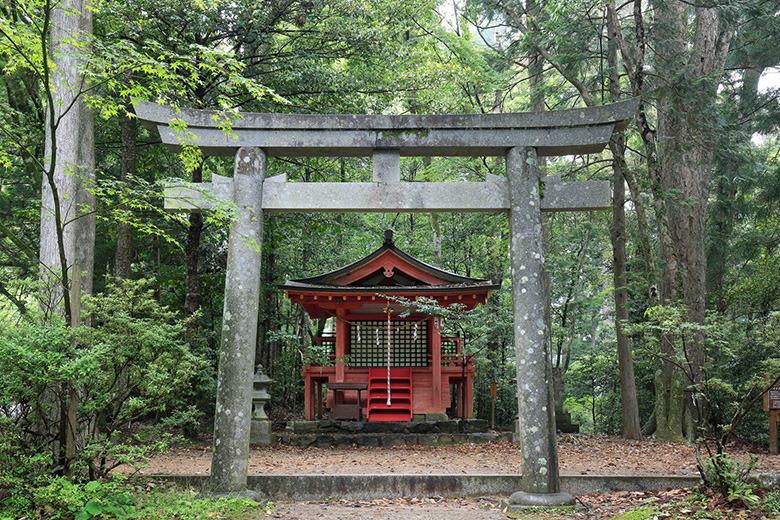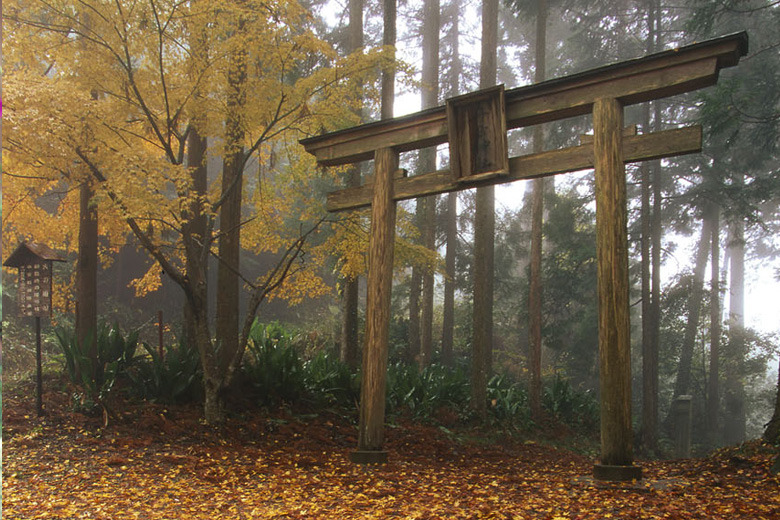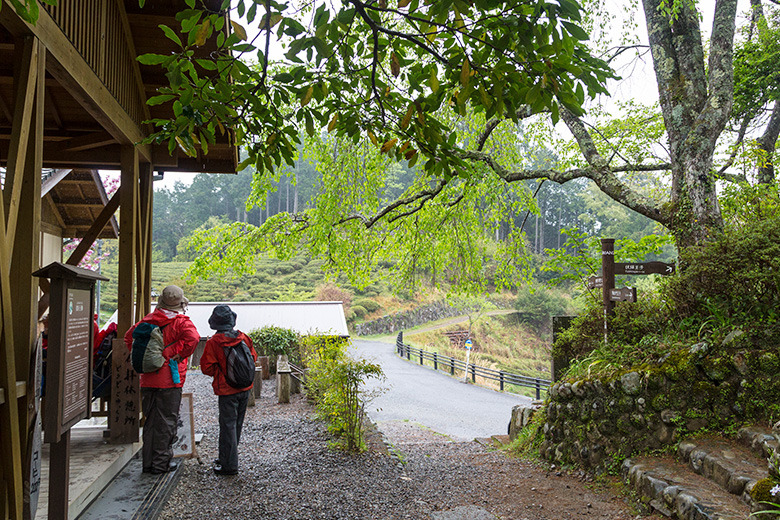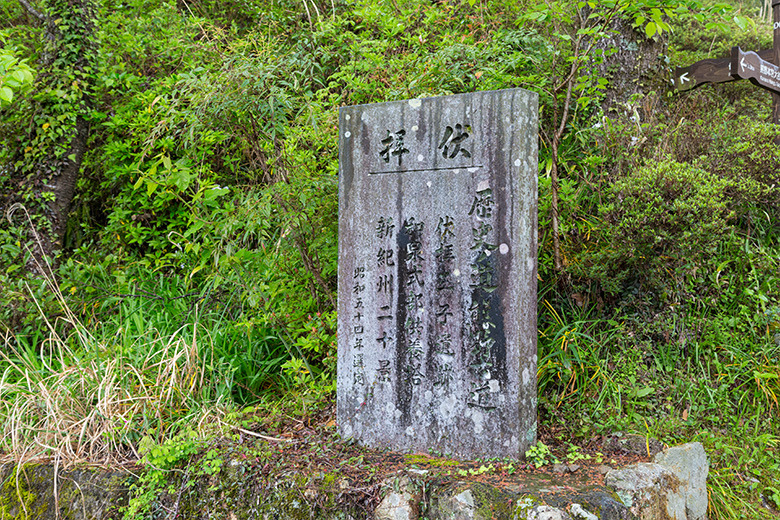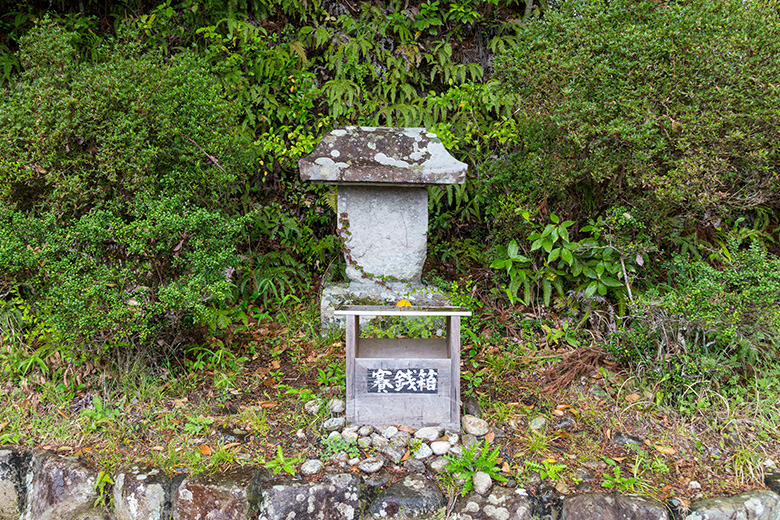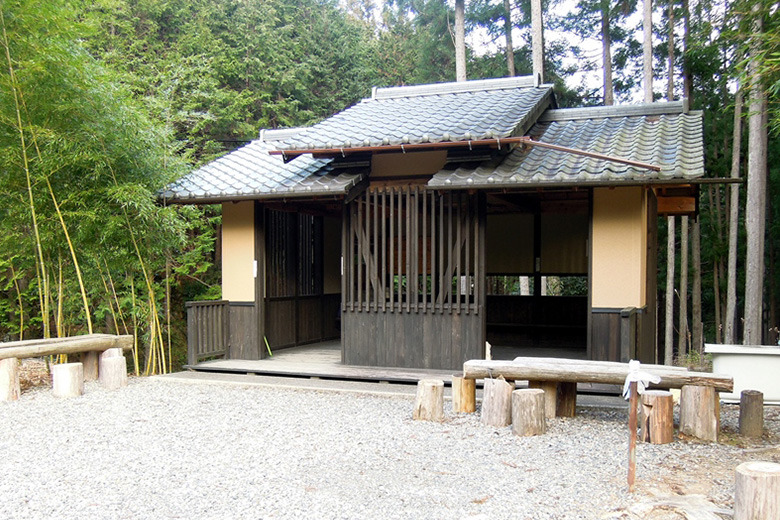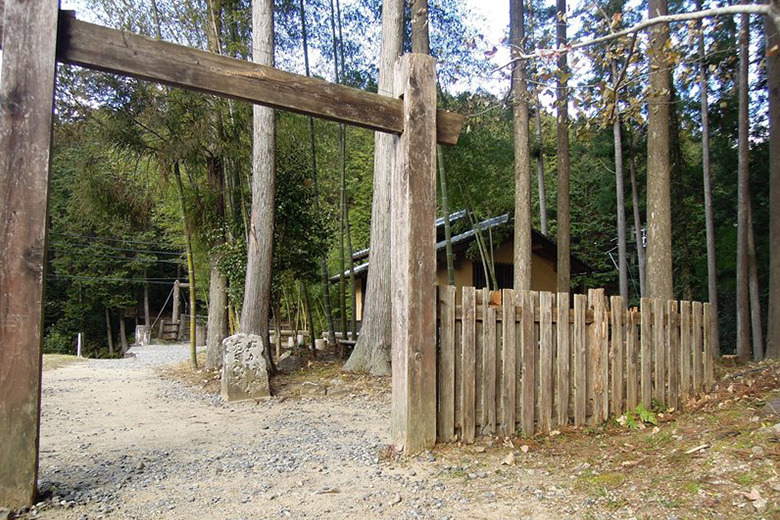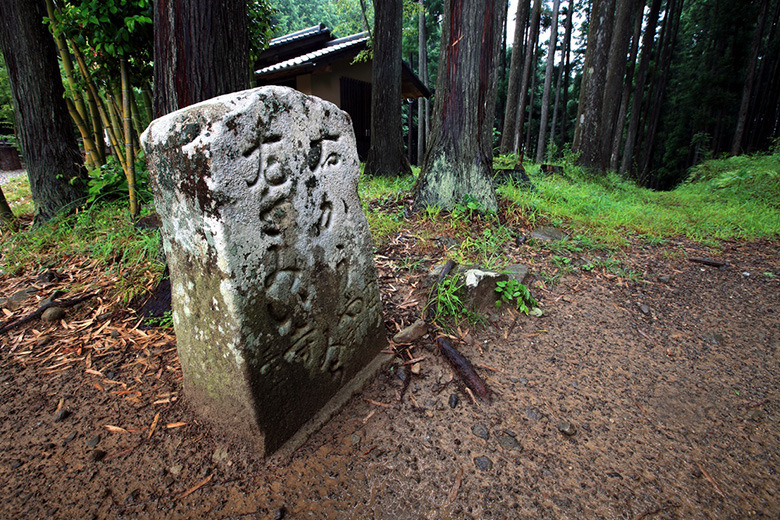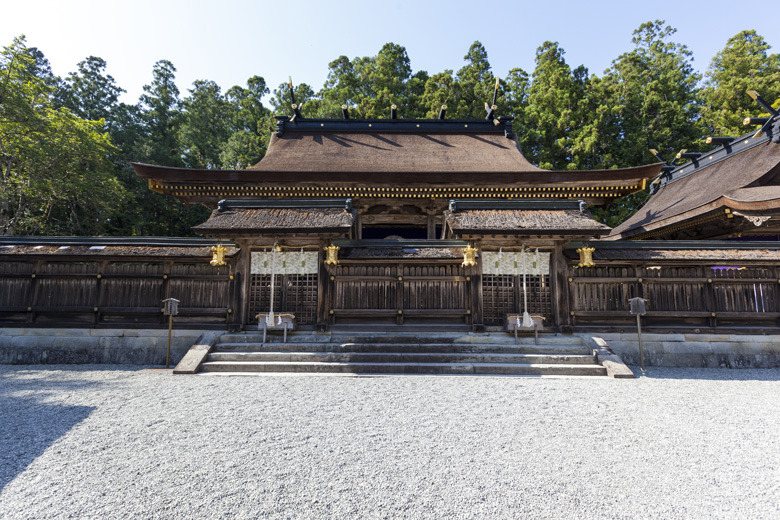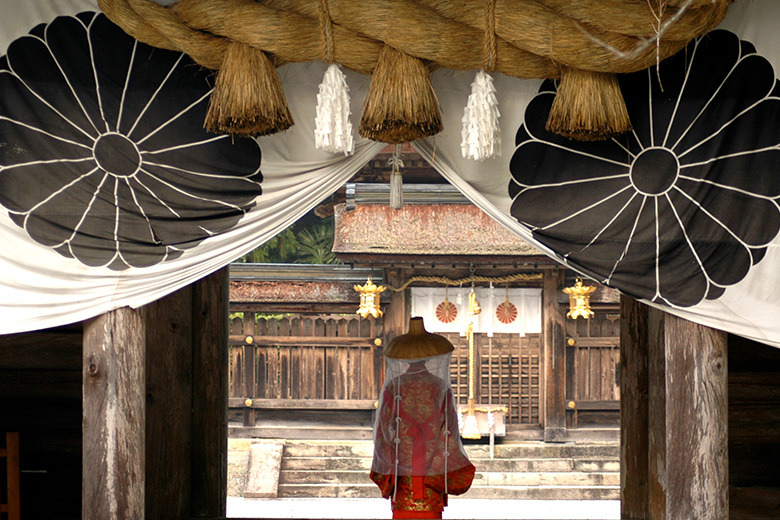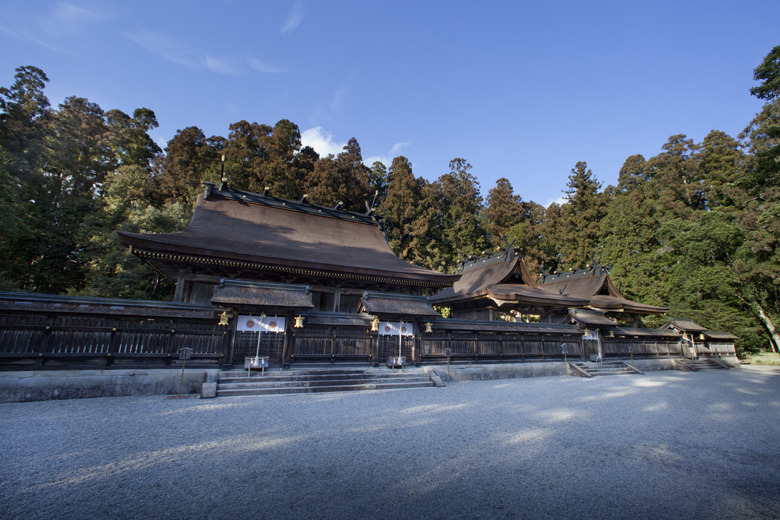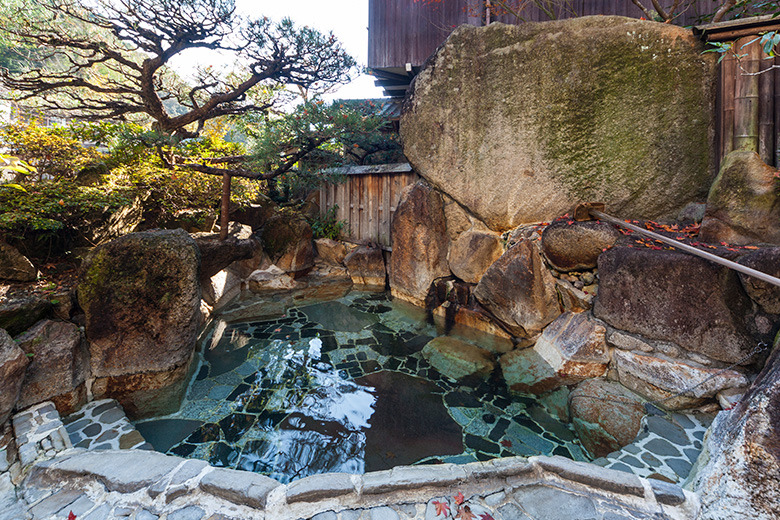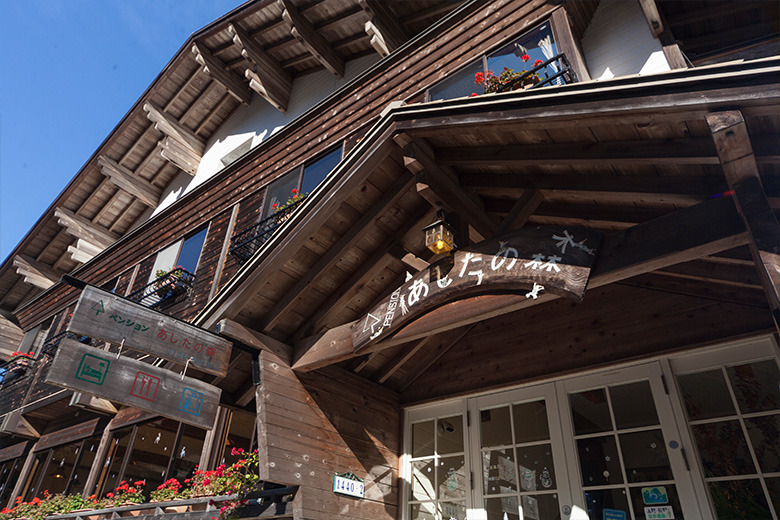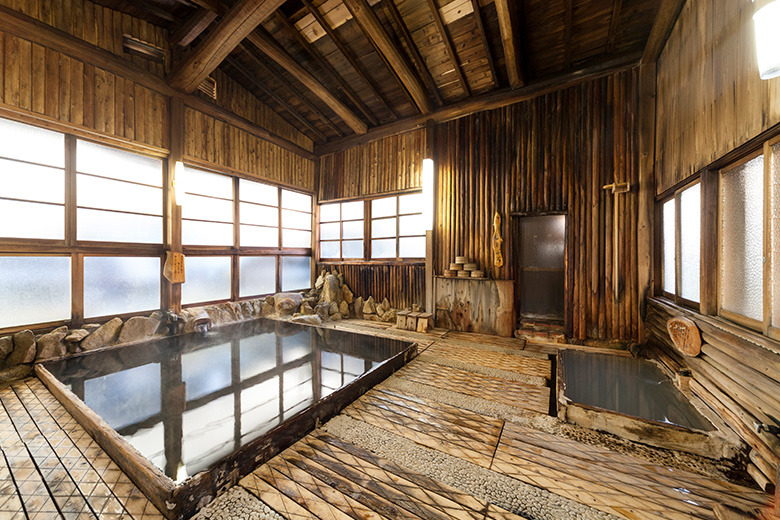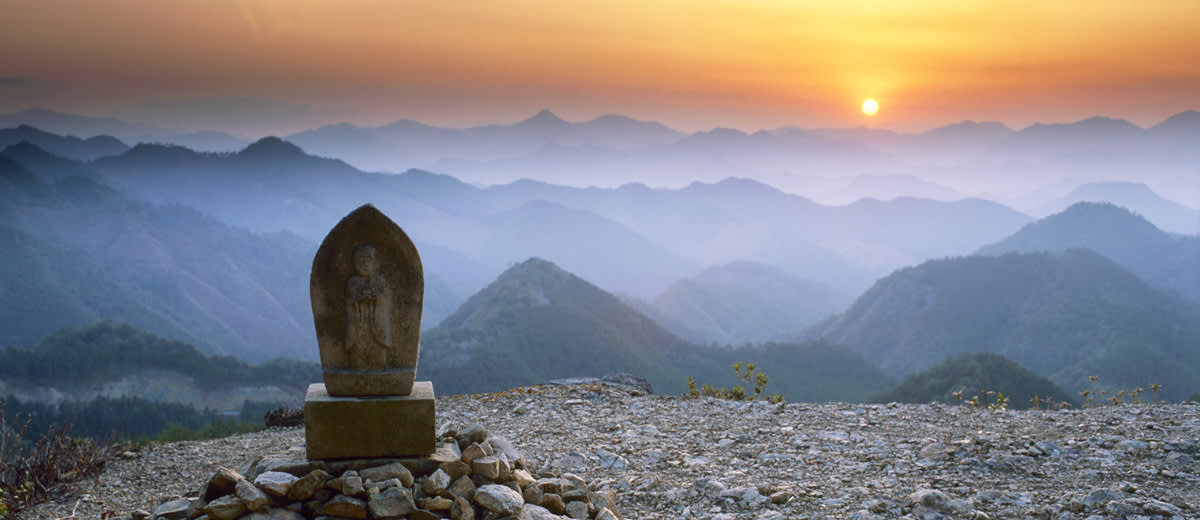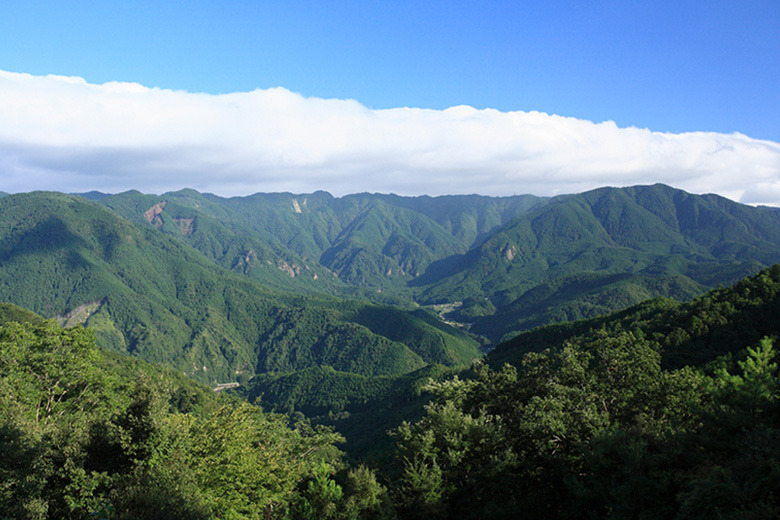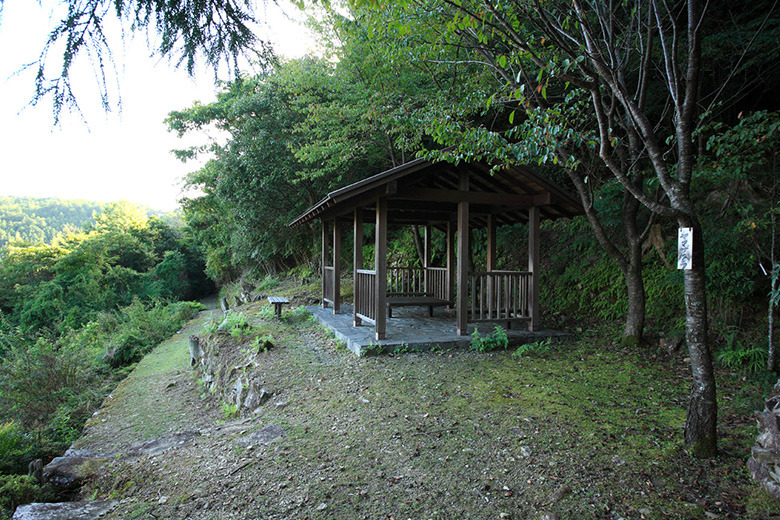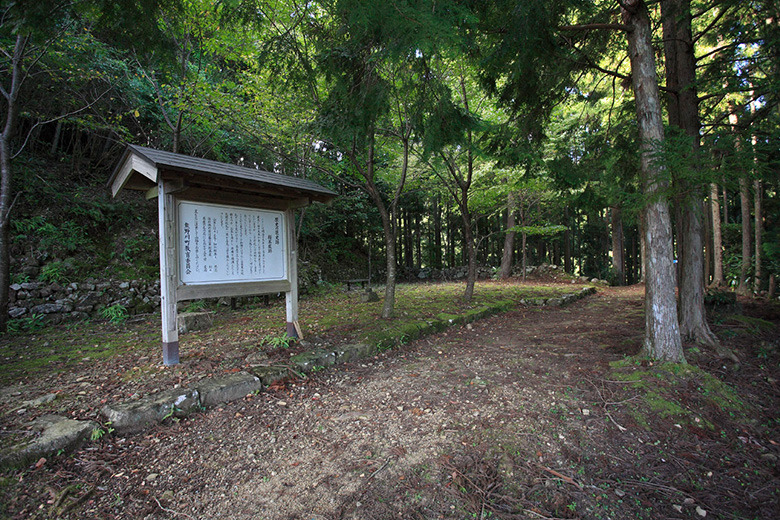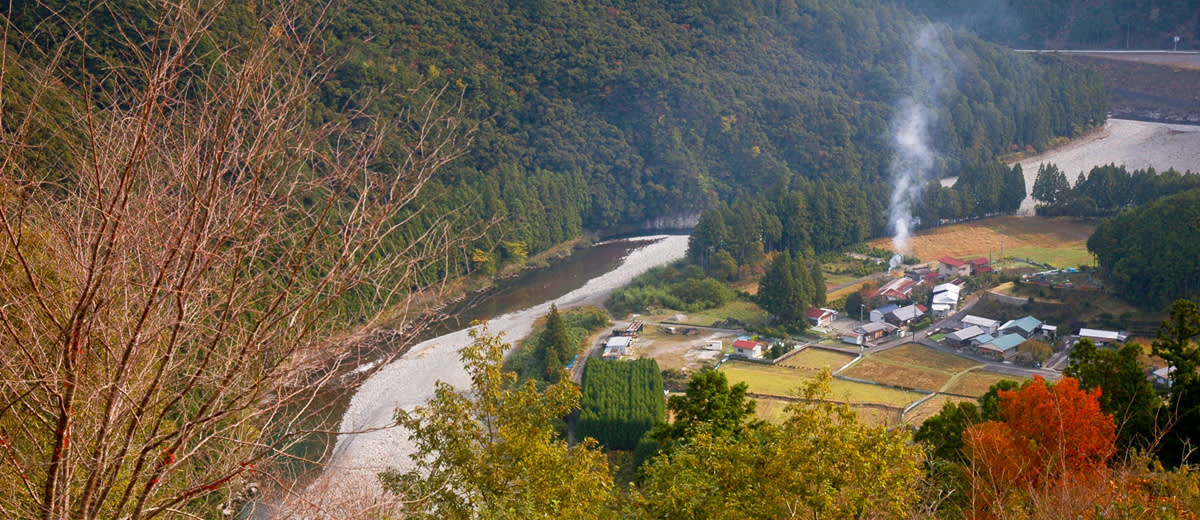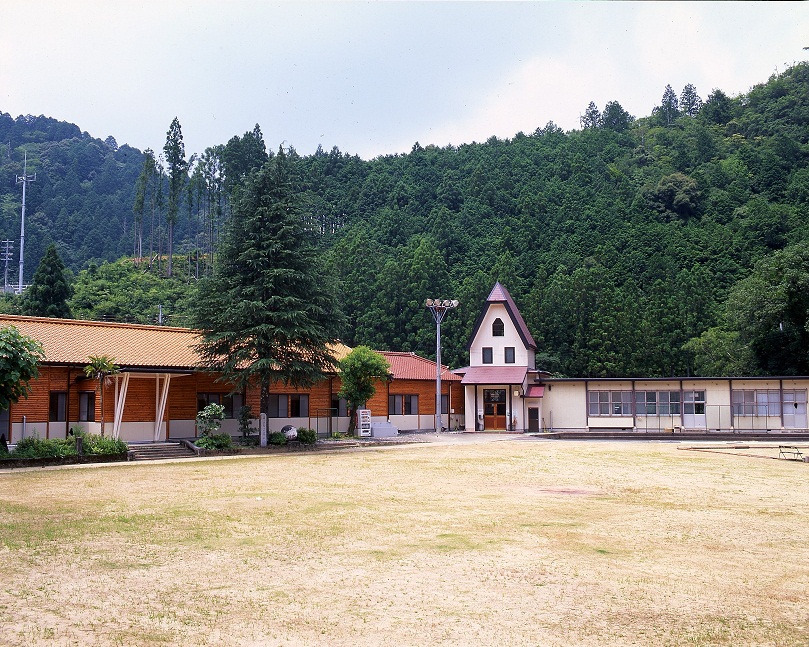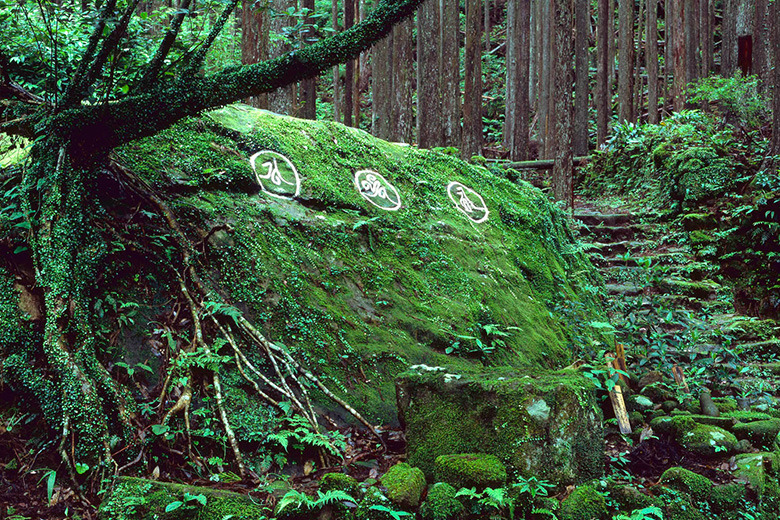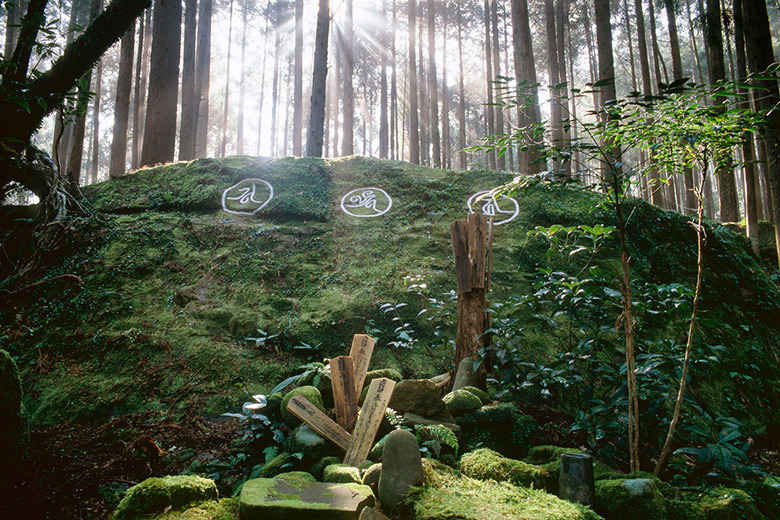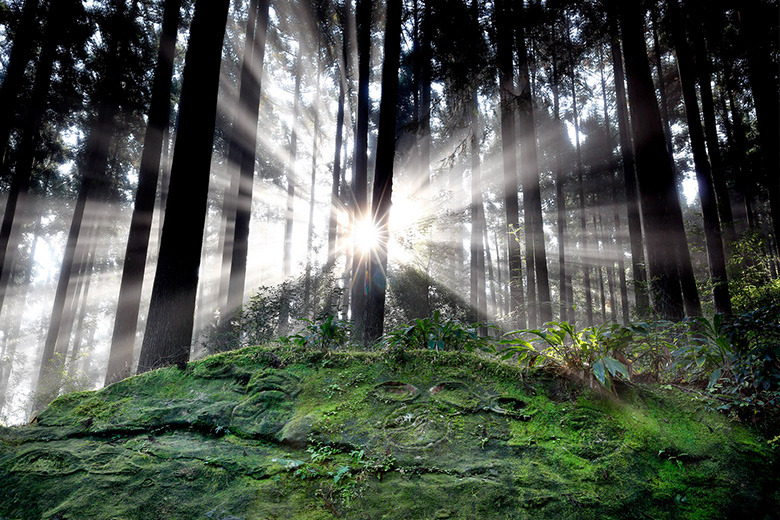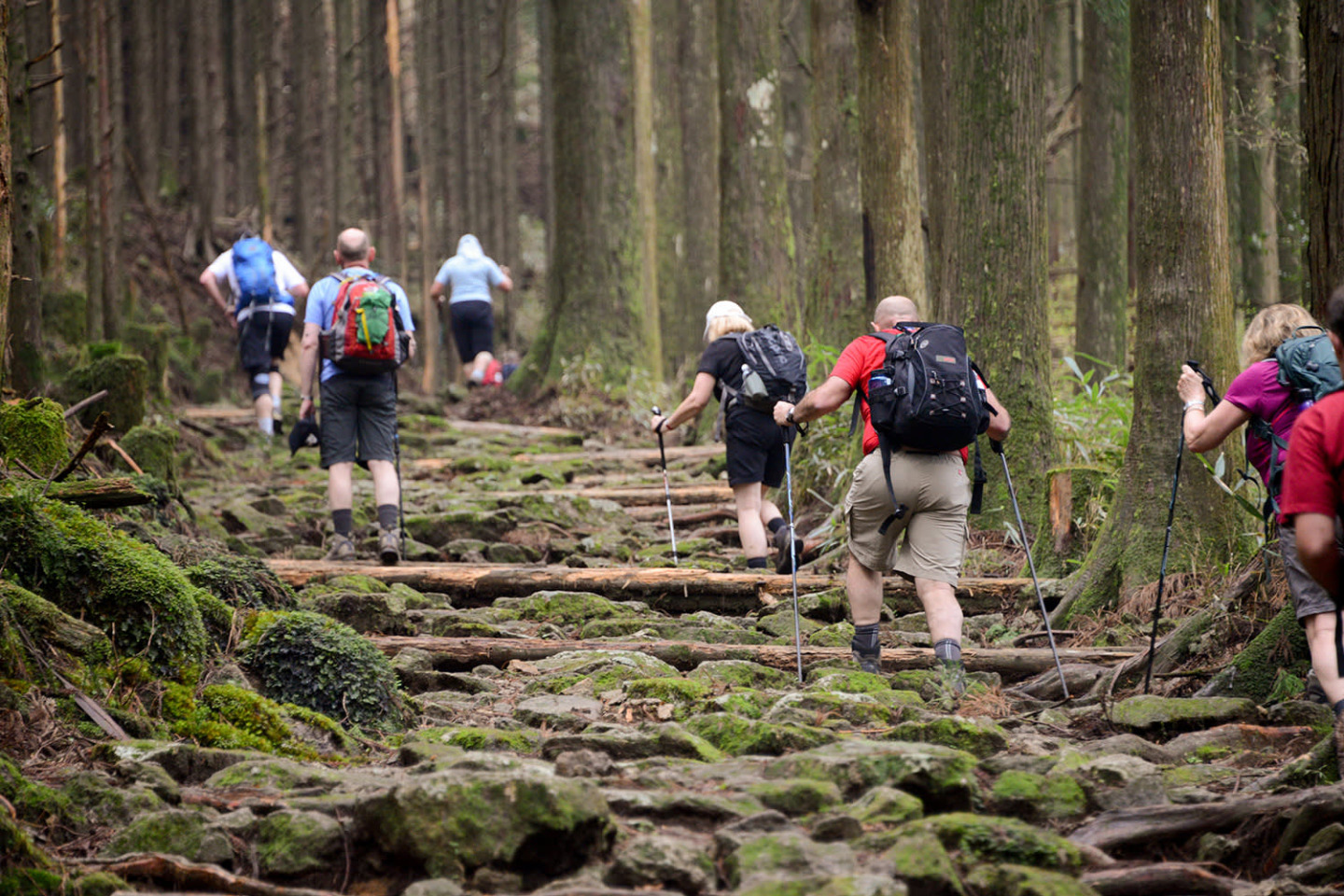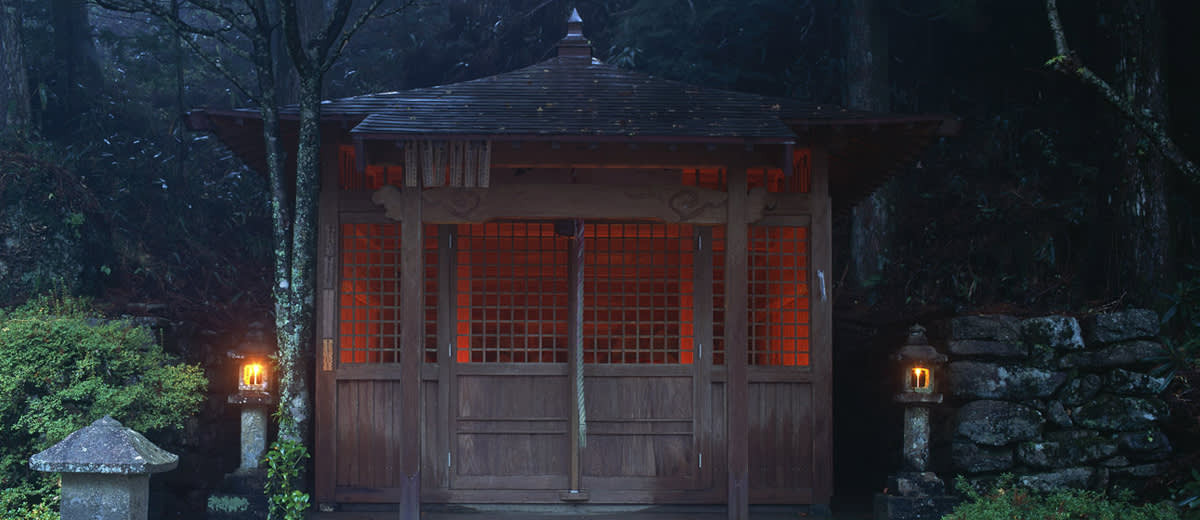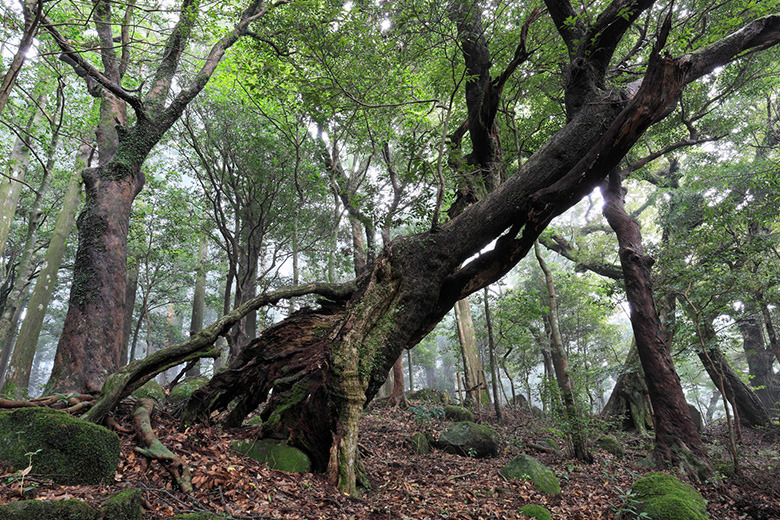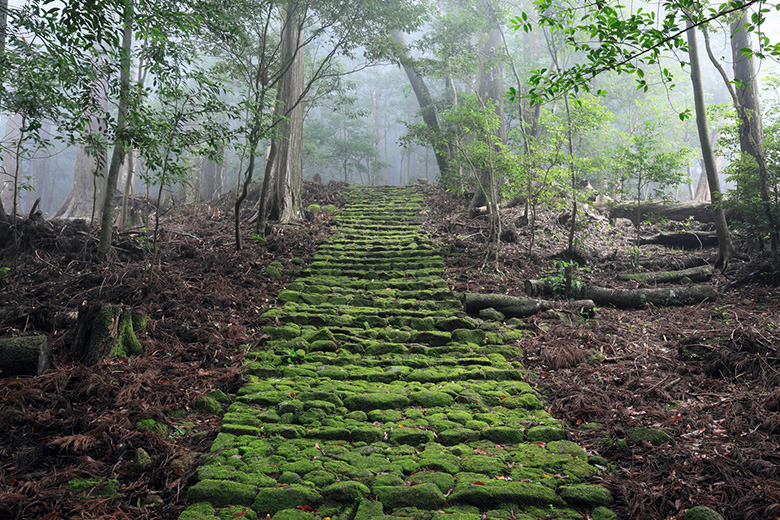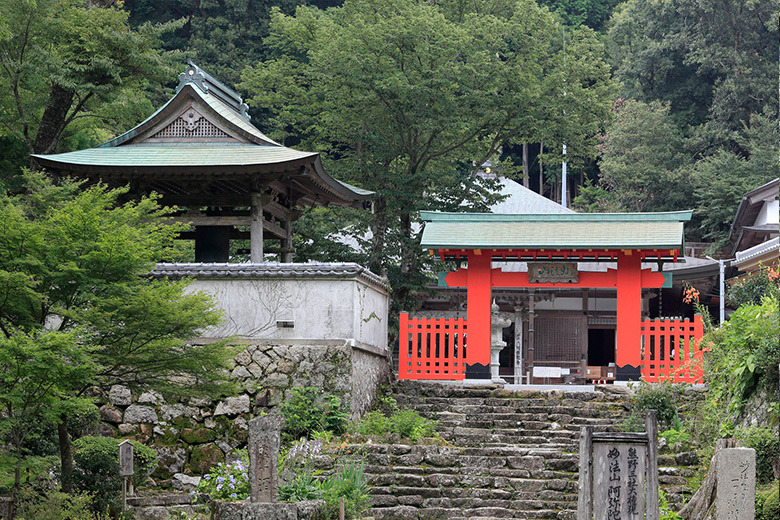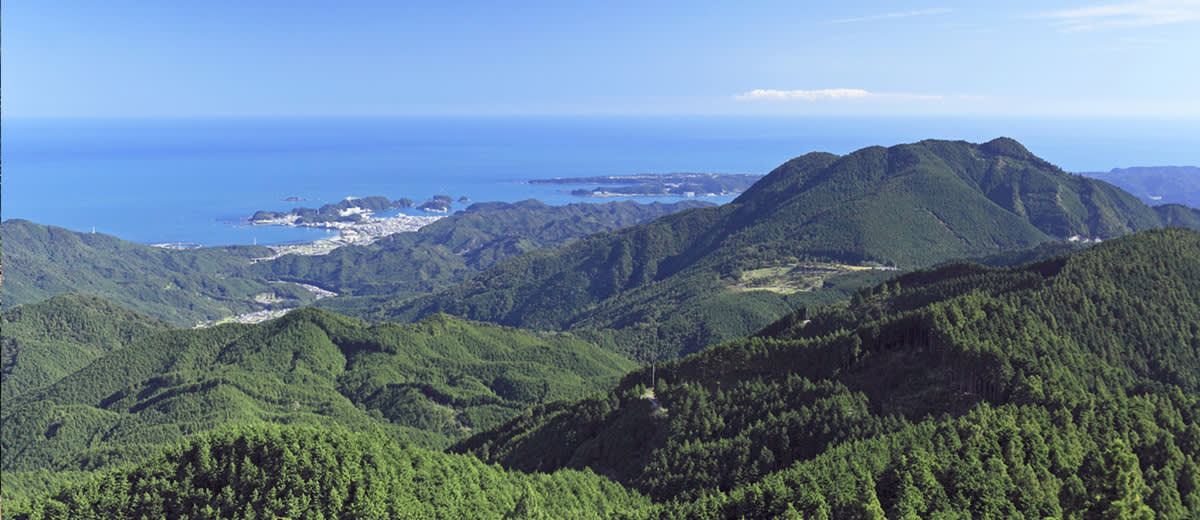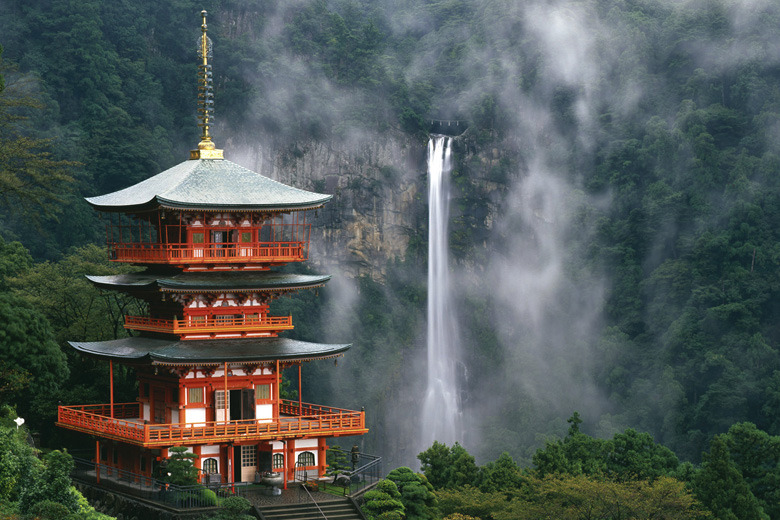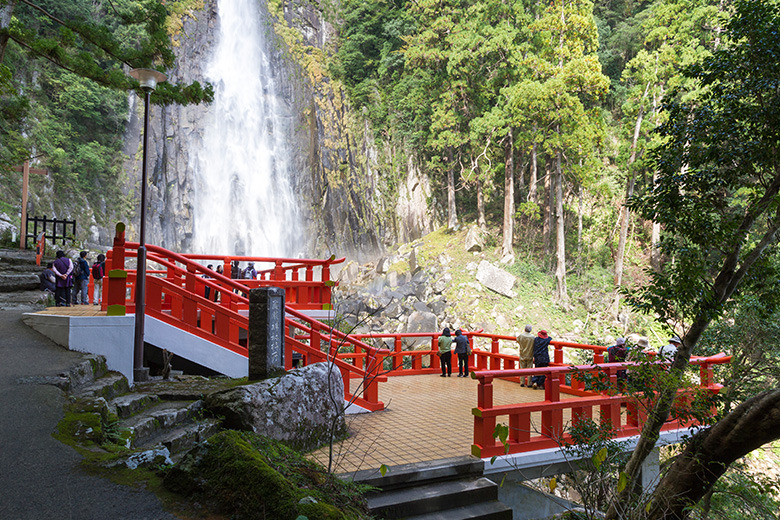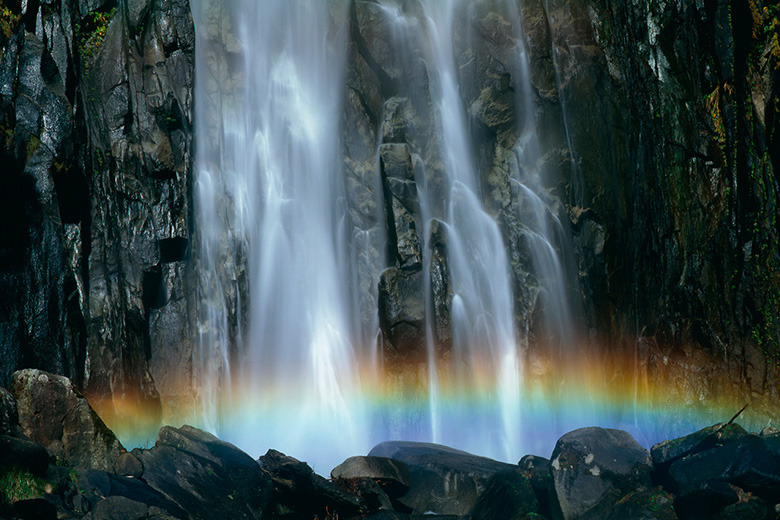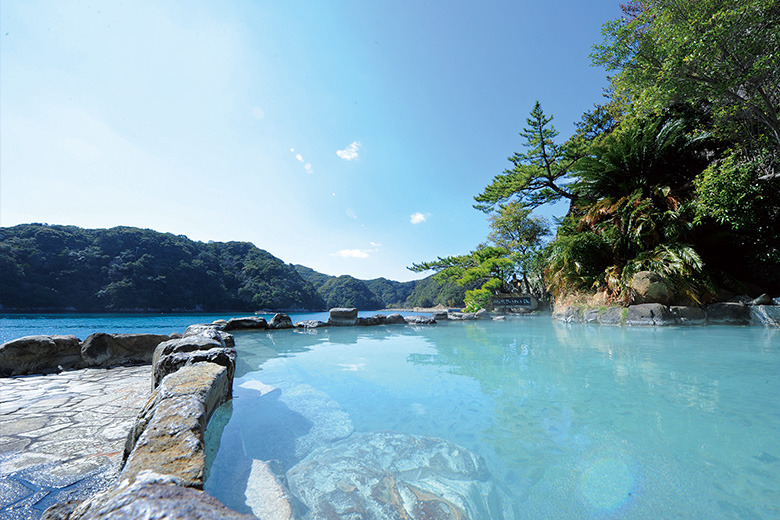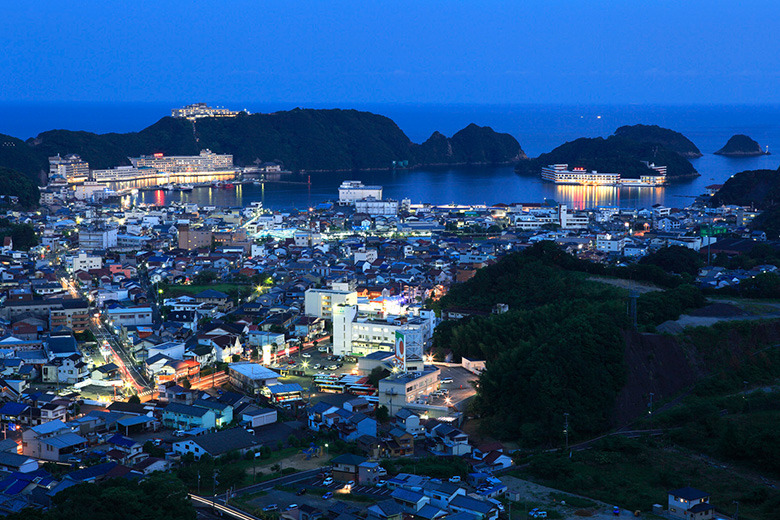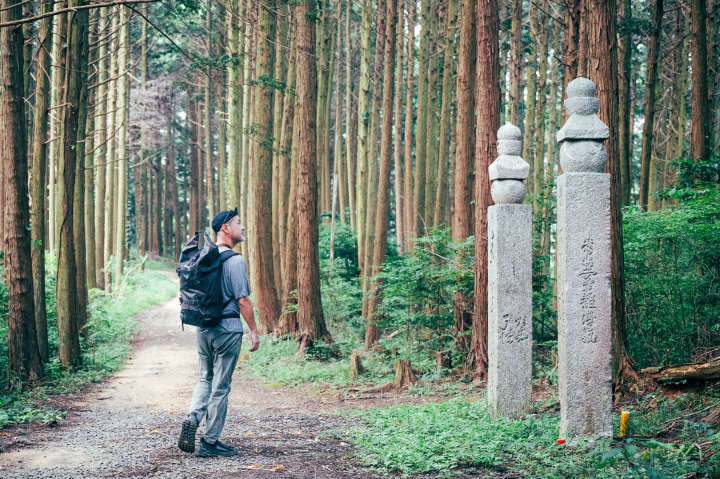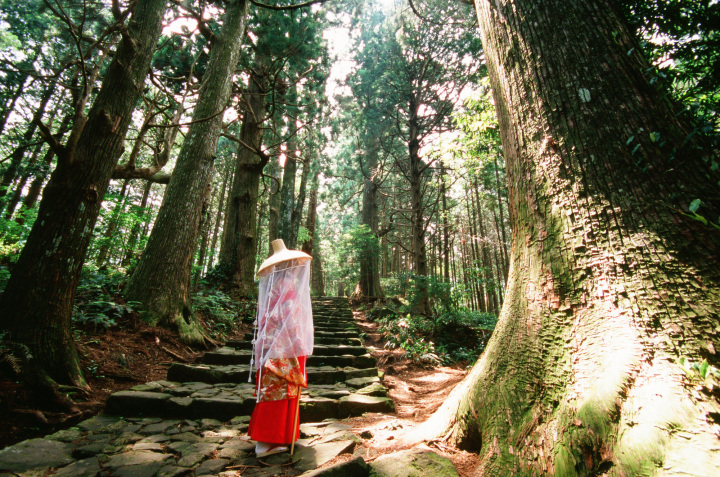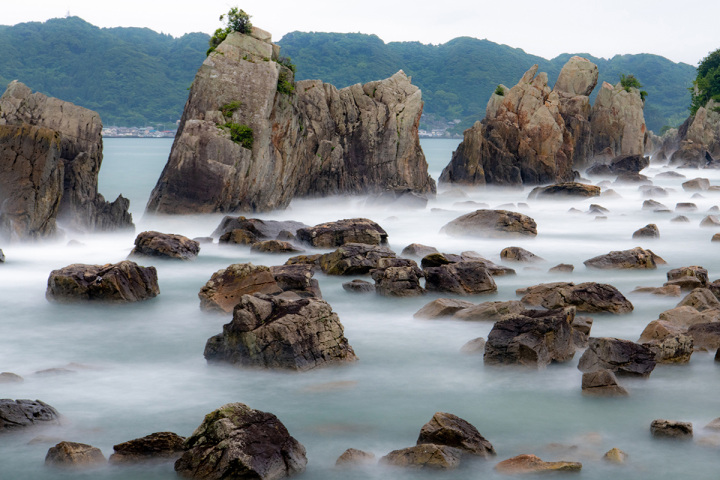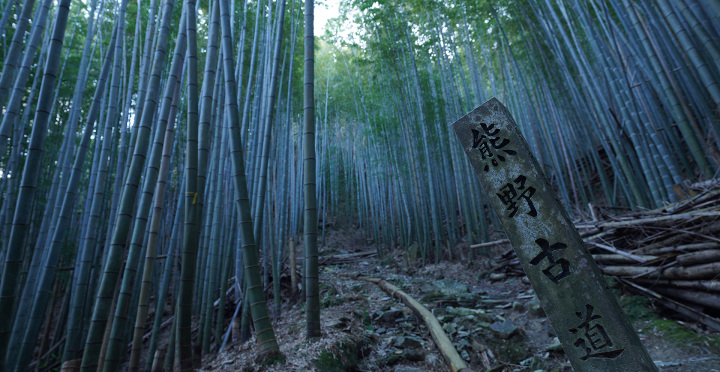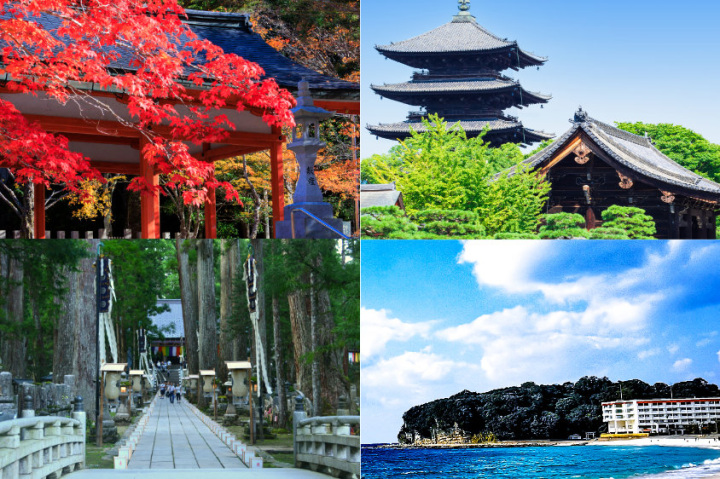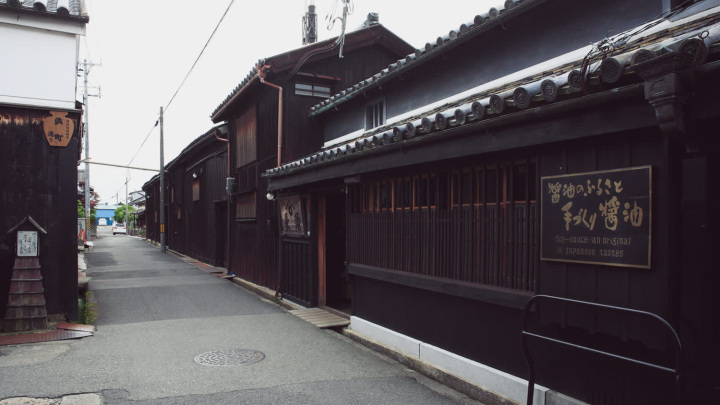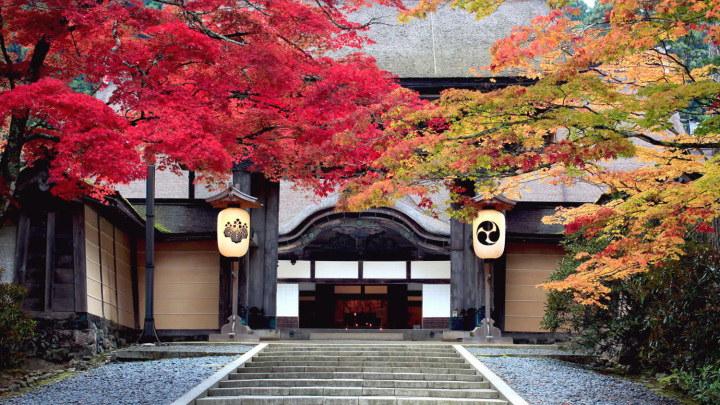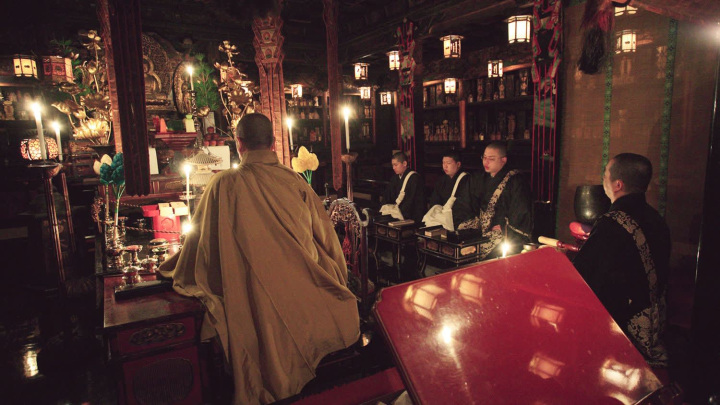Feel Imperial—Kumano Kodo, the Full Nakahechi Course
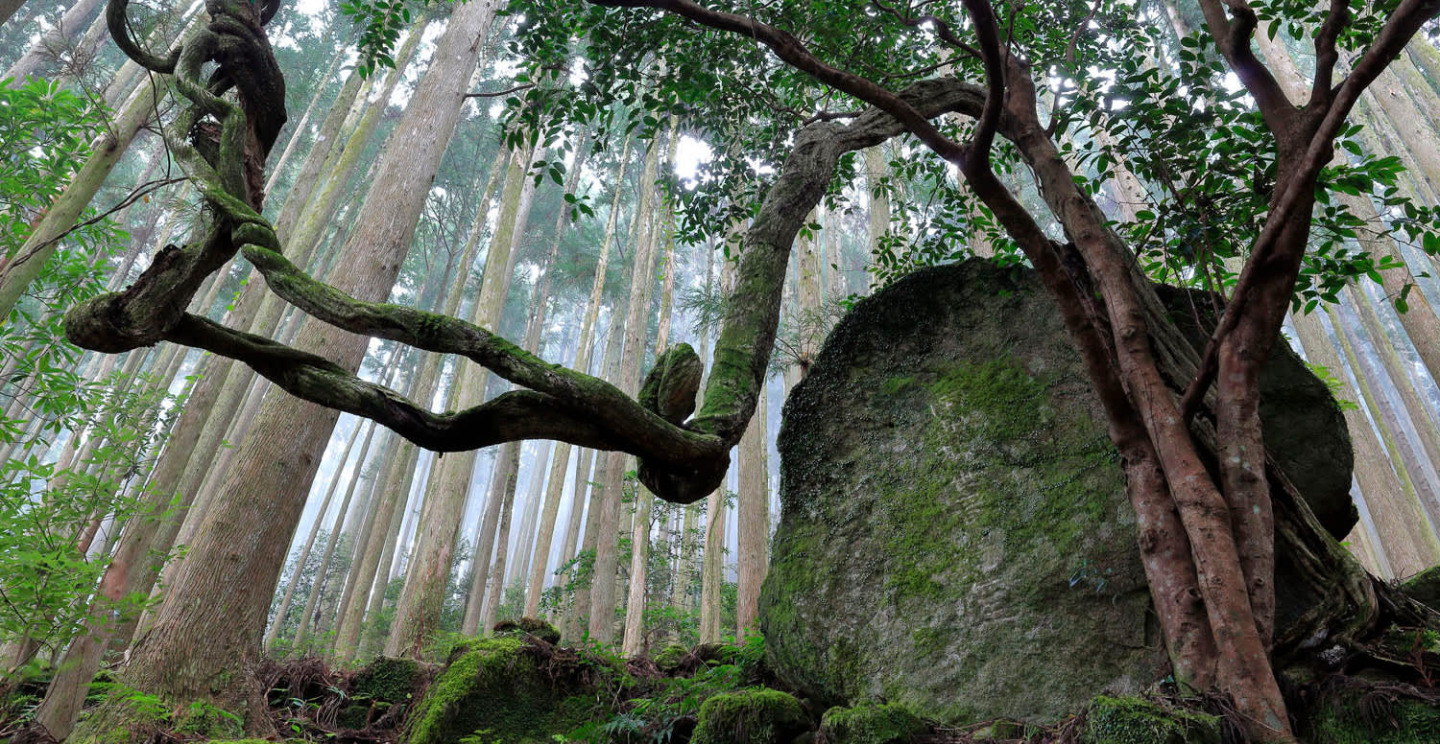
- Spring
- Summer
- Autumn
- Winter
- Time
- 6 days and 5 nights
- Transportation
- Walk / bus
While this five-day trek presents a significant physical challenge, completion of the full Nakahechi stage of the Pilgrimage Route—also known as the Imperial Route—is the closest modern pilgrims can come to a state of full enlightenment. Navigate uneven rocky paths, twisting mountain ridges and stamina-sapping steep slopes to be rewarded with relaxing soaks in hot baths, sweeping panoramic views and encounters with fellow pilgrims, friendly locals, and even the gods themselves.
【Useful Information】
JAL Japan Explorer Pass
Fly to Nanki-Shirahama airport to begin your exploration of Wakayama. Japan Airlines offers affordable domestic fares with the JAL Japan Explorer Pass. The easy-to-use English website makes booking flights very easy.
Nanki-Shirahama Airport
There are three direct flights a day from Tokyo’s Haneda Airport to Wakayama’s Nanki-Shirahama Airport. Booking flights is easy and flying into the area is a time-efficient and cost-effective option.
Physical Challenge, Mountain Village, Steep Slopes, Spiritual Encounters, Veritable Views
- 【Physical Challenge】 Be realistic about your physical capabilities
- Five days on the trails should not be undertaken lightly. Prepare thoroughly and be honest with yourself about what you are physically capable of.
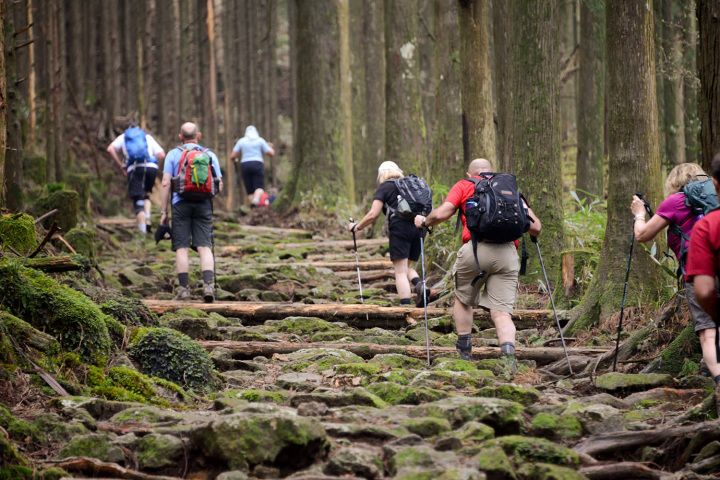
- View more
- 【Mountain Village】 Small settlements nestled in the mountains
- Takahara—also known as the Village in the Mist—quaint Chikatsuyu Village, and Koguchi, deep in the valley, are a few of your stop-off points along the way.
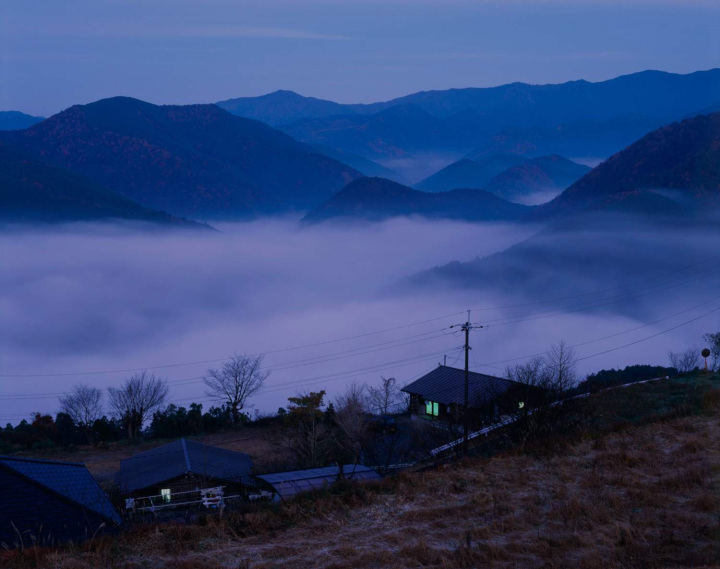
- View more
- 【Steep Slopes】 Clamber rocky roads and stone stairways
- Take on some of the Nakahechi Route's toughest climbs including the "Torso Slicing" Dogiri-zaka Slope and a trek up to the abode of the dead.
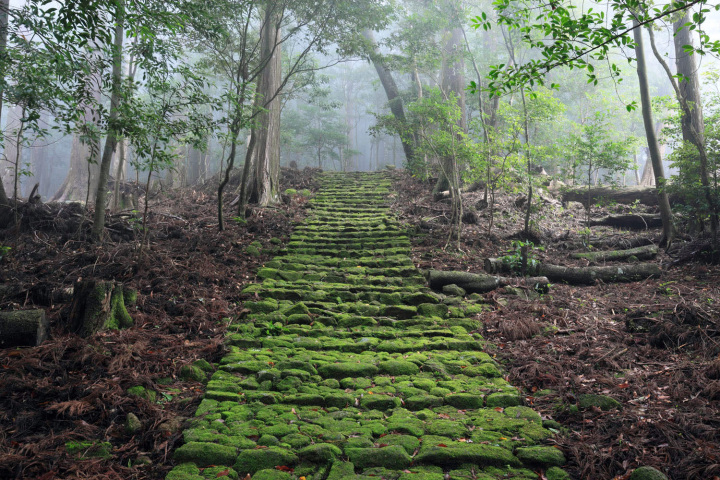
- View more
- 【Spiritual Encounters】 Metaphysical meetups with gods and spirits
- Greet those who have since passed at Moja-no-Deai—an area where spirits gather—and drop in on the Kumano deities' tea party at Waroda-ishi Rock.
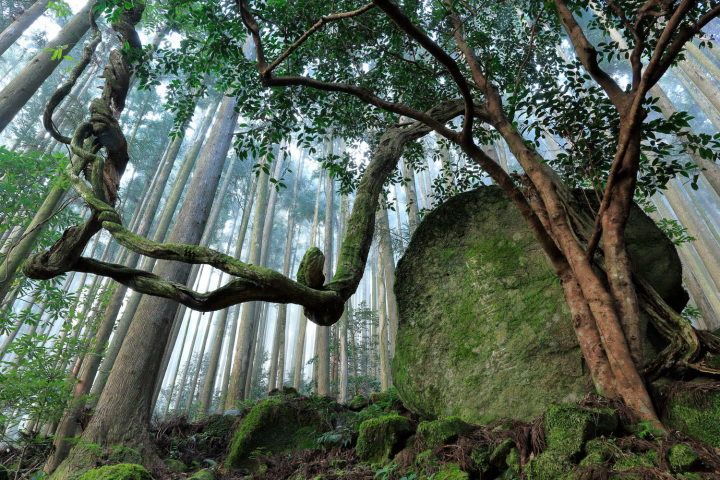
- View more
- 【Veritable Views】 Sweeping vistas from mountain passes
- Your reward for scaling the steep slopes is panoramic views of stunning natural beauty—from the Hyakken-gura lookout point and the top of the Funami-toge Pass.
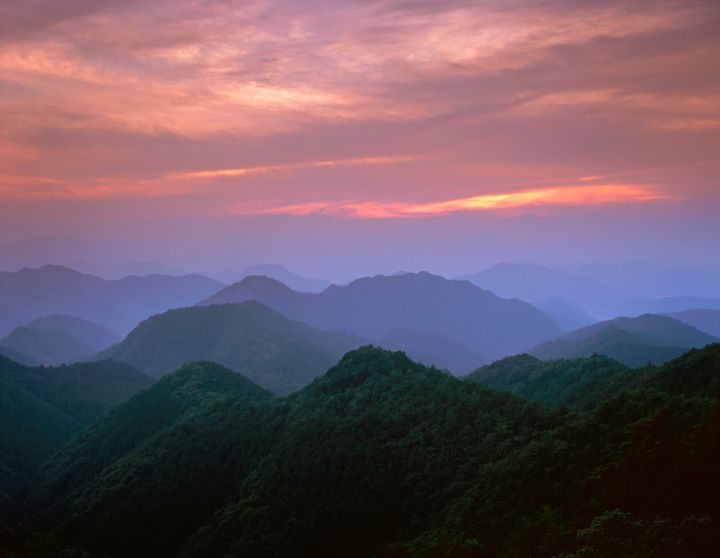
- View more
Take the bus from Kii-Tanabe Station to the trailhead of Takijiri—the start point for your trek. The bus journey takes around 40 minutes. Grab an early lunch to fuel up before boarding the bus as there are no places to stop off and eat once you set foot on the cobblestone paths. Aim to arrive at Takijiri by early afternoon. Once you step foot off the bus, check into the information center to find out about the history of the ancient pilgrimage routes.
Takijiri-oji
Takijiri-oji marks the beginning of your passage into the sacred mountain range. The three-kilometer trek to Takahara is well signposted in English and Japanese, however be warned, the path is rocky and very steep. Even for experienced climbers, it can be a difficult trek.
Takahara
The three-kilometer climb on the Kumano Kodo path leads you to the small ridge top settlement of Takahara. A welcome stop-off point for pilgrims, the area offers great views of the surrounding mountain range. The view is particularly beautiful when blanket mist creates a sea of clouds in the valley below.
Overnight in Takahara
The glowing lights of Kirinosato Takahara Lodge mark the end of your first day and a chance to relax and unwind with a hot bath and cold beer (other beverages available). Take in panoramic views of the forested mountain paths that you scaled during the afternoon. Also known as the Organic Hotel, the food served is locally sourced providing you with nourishing dinners and breakfasts.
- Address
- 田辺市中辺路町高原826
- Telephone Number
- +81-(0)739-64-1900
Gyuba-doji Statue
A short climb up from the Michi-no-Eki, you will find a cluster of statues. Here, you can pay your respects to one of the first emperors to make the imperial pilgrimage, Emperor Kazan (968-1008).
Chikatsuyu Village
It's downhill from here as you descend into picturesque Chikatsuyu Village. Be careful as the path can be very slippery in wet weather. Have a coffee or a hot bubbling foot bath and pick up some snacks and souvenirs. If you have time, drop into the Kumano Kodo Nakahechi Art Museum.
Tsugizakura-oji
Follow the old highway through the village on the way to the shrine grove of Tsugizakura-oji. Huge cedar trees over 800 years old tower above the subsidiary shrine. The thatch roofed Toganoki-jaya teahouse is located nearby.
Nonaka-no-Shimizu Spring
Bubbling quietly next to the shrine is the Nonaka-no-Shimizu—a natural spring with water pure enough to drink. Quench your thirst here before heading to your residence for the night.
Ryokan Stay
There are a number of options for staying in the Chikatsuyu/Tsugizakura area. Cozy guesthouses and cottages offer room and board, and are often renovated wooden buildings with modern amenities. Some guesthouses have bicycles for guests to use, and gardens to relax in. The number of rooms and services available depend on each individual place, so research thoroughly to find the best match for you.
Kobiro-toge
Continue your journey to Hongu Taisha by joining the trail from Kobiro-toge that follows the old highway. The trail passes through forest on climbing and descending paths. Bring something for lunch as there are no restaurants along the way.
Mikoshi-toge to Hosshinmon-oji
When you reach the Mikoshi-toge area—the last of the big passes on this section of the trail—stop off for lunch. The wooden pavilion you will find there is a simple wooden structure open to pilgrims looking for a place to sit and rest for a while.
Hosshinmon-oji
From here, the trail runs downhill towards one of the most important sites on the Kumano Kodo Pilgrimage Route. Hosshinmon-oji Shrine marks the outermost entrance to the divine precinct of the grand shrine of Kumano Hongu Taisha.
Fushiogami-oji
When you reach Fushiogami-oji Shrine, you will get your first sight of the grand shrine as well as a view of all six of the subsidiary oji-shrines.
Sangen-jaya
When you arrive at Sangen-jaya, you have made it to an old woodland crossroads, where you can see old tea house remains and an Edo period (1603 - 1868) stone signpost pointing you in the direction of the Buddhist complex of Koyasan and Kimiidera Temple—close to Wakayama City.
Kumano Hongu Taisha Grand Shrine
A steep stone staircase is your final obstacle before arriving at the spiritual ground of Hongu Taisha. Once you set eyes on the sweeping cypress bark roofs of the grand shrine, you have reached the end of your trek and a higher state of enlightenment.
- Address
- 田辺市本宮町本宮1110
- Telephone Number
- +81-(0)735-42-0009
Overnight in Hongu
There are clusters of small hotels, guesthouses and other places to stay near and around Kumano Hongu Taisha. It is also possible to take a bus to the onsen resort areas of Yunomine, Kawayu and Wataze from the nearby Hongu Taisha-mae bus stop.
Trailhead
After breakfast, pick up a local bus and take the 15-20 minute journey to the Ukegawa Bus Stop. The trailhead is located a short walk south of the bus stop. Pick up some drinks and snacks from the store (closed Wednesdays) before starting your trek. The first section is a gradual climb through forests of cedar and cypress taking you up along some mountain ridges.
Hyakken-gura
Around five kilometers into your trek, you will reach the lookout point of Hyakken-gura. A sudden break in the forest opens up stunning panoramic views of the surrounding Kumano mountains.
Sakura-jaya Teahouse Remains
Once you have caught your breath, the paths rise and fall as you head to the remains of Sakura-jaya Teahouse. Offering more impressive views, it’s a shame that the teahouse is no longer here. However, there is a wooden shelter where you can rest your legs for a while.
Into the Valley
It is a downhill journey from here, as the trail drops into the valley below. As you near the bottom, you will walk on a section of cobblestone path. Take care in wet weather as the path becomes very slippery.
Overnight in Koguchi
Once you reach the bottom of the slope, you are not far from the small village of Koguchi—your place of rest for the night. There are a few lodges, guest houses and onsen facilities in Koguchi—including a reformed junior high school—where you can take advantage of hearty food, peaceful surroundings and warm hospitality. The Akagi-gawa river that runs through the village is a great spot for a summer dip, so bring your swimsuit.
Waroda-ishi Rock
Some of the Koguchi accommodation spots offer a bento lunch box for you take with you as you set off. Take up the offer because there are no places for lunch on this tough section of the route. Make sure to fill up on breakfast, then make your way to Waroda-ishi Rock—a spot where Kumano deities meet up and chat over a cup of tea.
Dogiri-zaka
Save your energy for the climb up Dogiri-zaka. It is a long and steep climb that lives up to its name of “Torso Slicing Slope”. Take it slow and steady and stop to rest if you need to.
Jizo-jaya Teahouse Remains
With Dogiri-zaka successfully scaled, you will find yourself at the top of the Echizen-toge Pass. The path then dips and dives along to the remains of the Jizo-jaya Teahouse. You will find a shelter here housing Jizo statues—the small statues believed to be the protector of children, unborn babies and travellers. There are restrooms and a vending machine too.
Moja-no-Deai
Heading south, you will reach another steep slope leading to Moja-no-Deai—the abode of the dead. Local legend states that the souls of the dead rise up to these higher altitudes and inhabit this area.
Funami-toge Pass
With so much time spent under the canopy of towering trees, you will be glad to reach Funami-toge Pass where you are rewarded with sweeping views of the Pacific Ocean as well as Kumano’s jagged mountains and rugged coastline. See if you can spot the town of Katsuura—it’s your place of rest for tonight.
Nachisan
Once more, the trail runs downhill, this time towards the spiritual hub of Nachisan. Navigate down the mountain paths and stone staircases where you will be greeted by the home of a god—the thundering Nachi Waterfall and the striking vermillion of Seiganto-ji Temple standing before it. From the Nachi-no-Taki-mae bus stop—conveniently located near the waterfall—you can take the local bus to Kii-Katsuura.
Overnight in Nachi-katsuura
The retro fishing town of Nachi-katsuura is known for its hot springs offering you the chance to unwind after your day of spiritual adventure. A number of large hotels with onsen located in uniquely natural settings are available, along with smaller hostels and guesthouses.
- Address
- 東牟婁郡那智勝浦町築地6-1-1
Whether you are planning to explore other areas of Wakayama Prefecture or move on to destinations further afield, the Kuroshio Limited Express train stops at Kii-Katsuura, and travels onto to Kii-Tanabe, and Shirahama Airport—the airport has daily flights to Tokyo. You can take this train north to Osaka and Kyoto.
